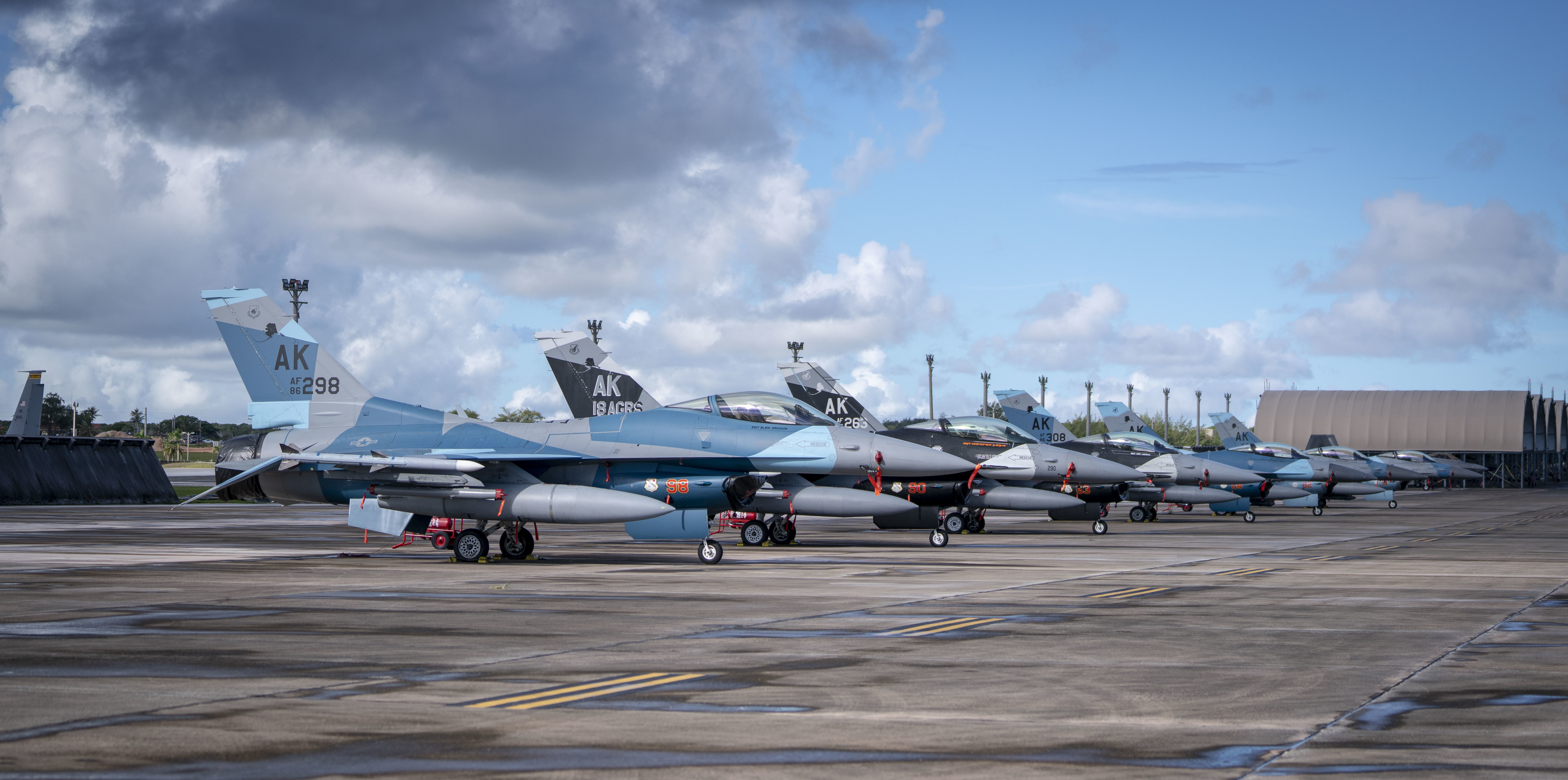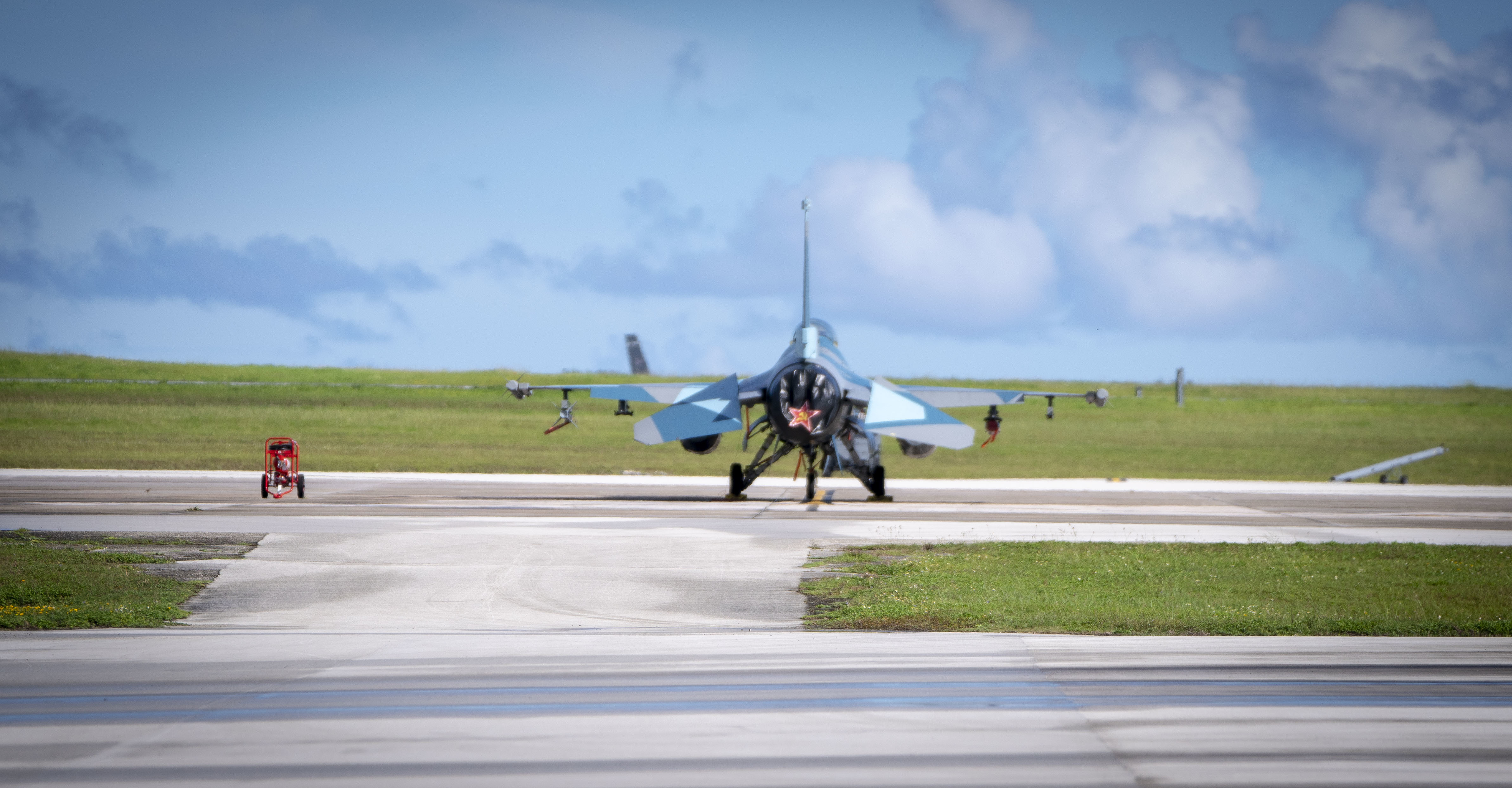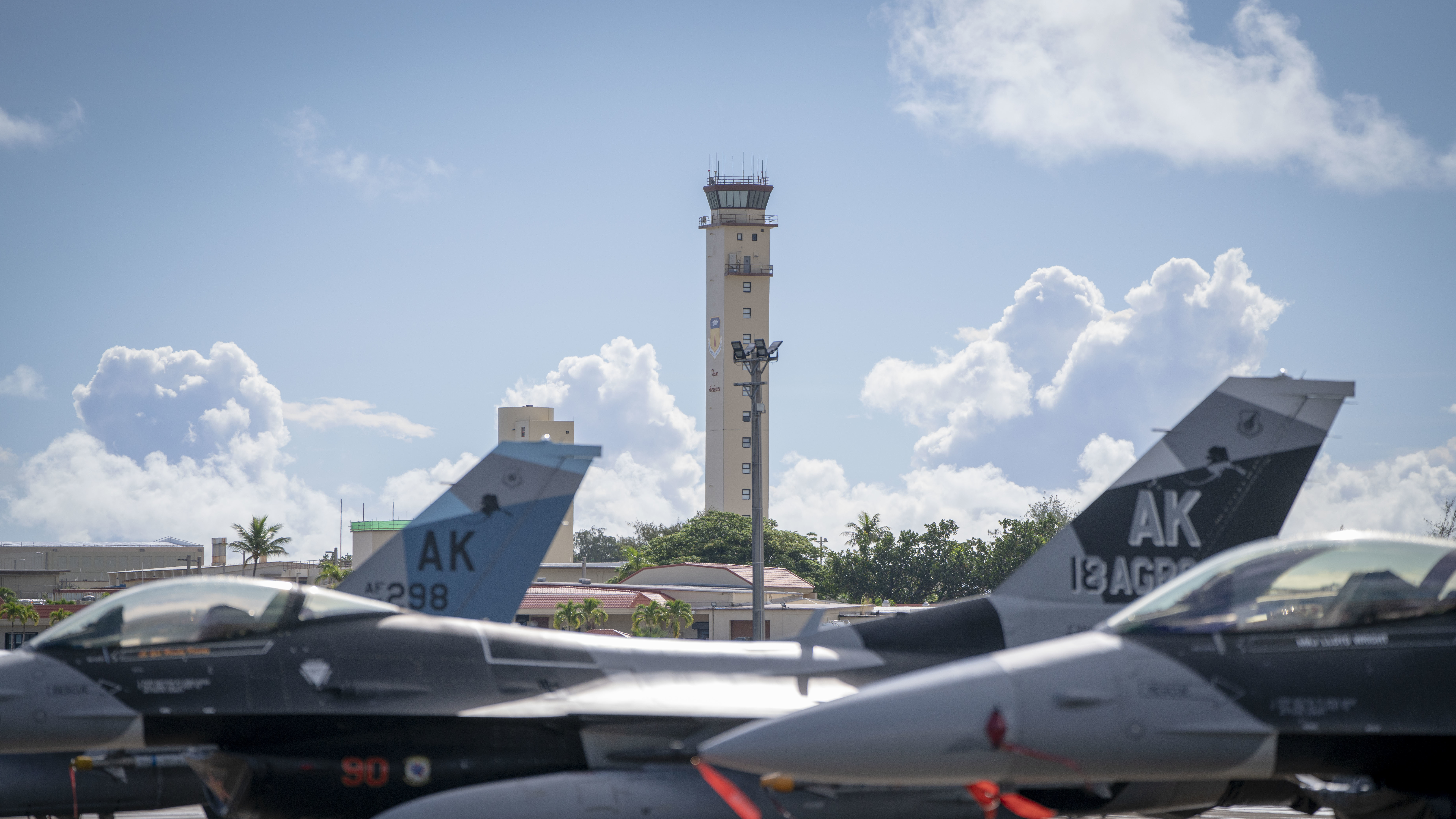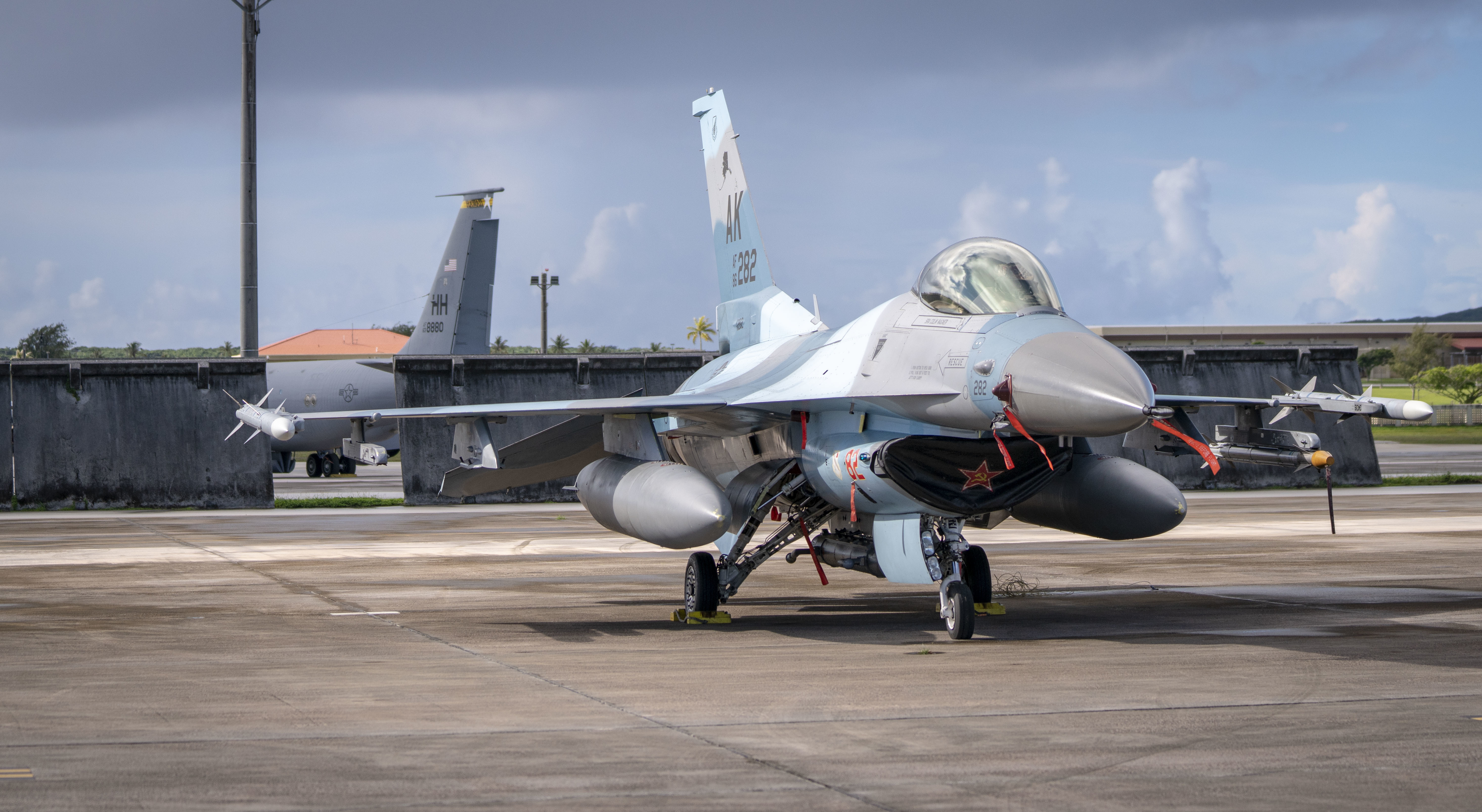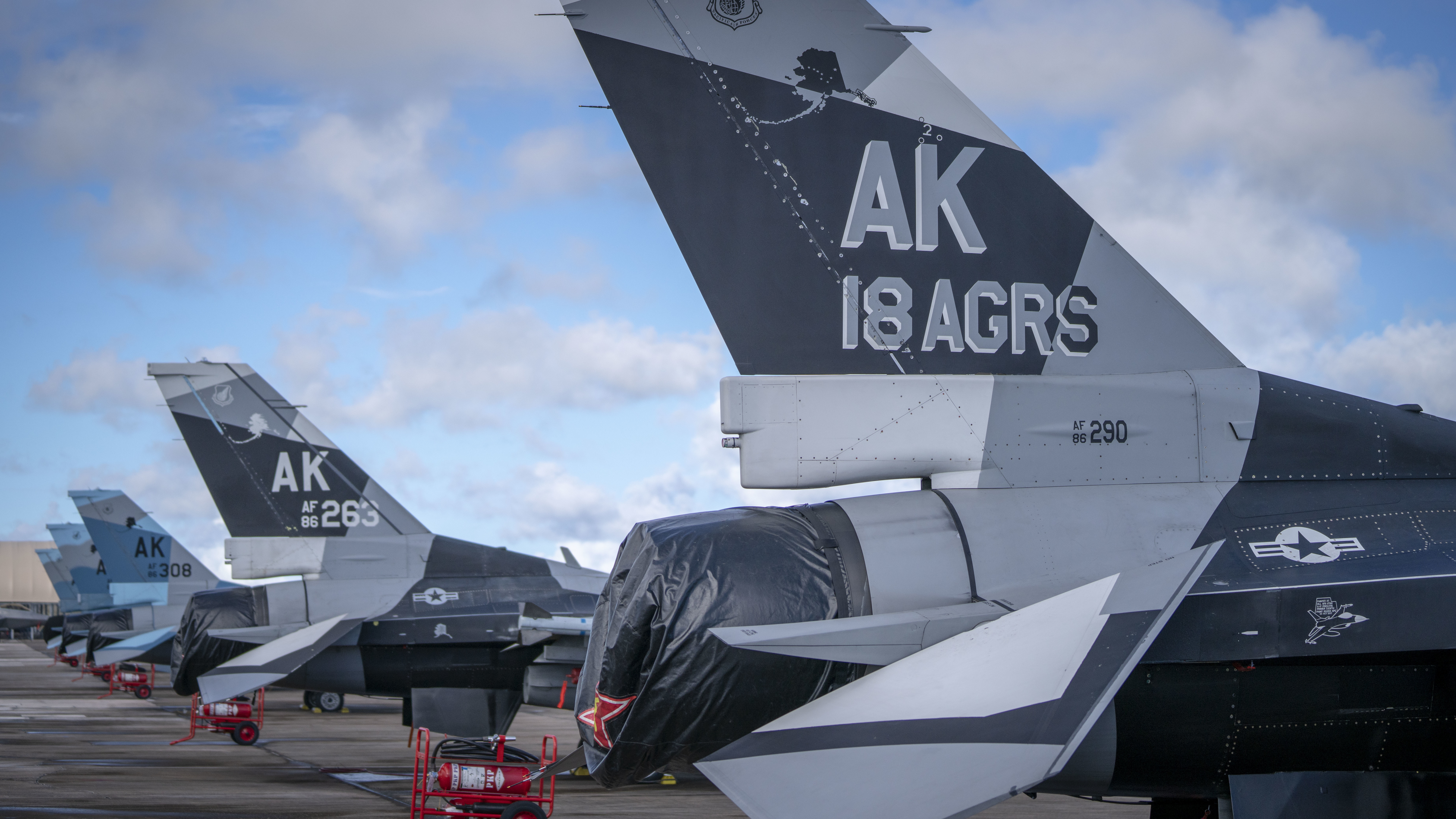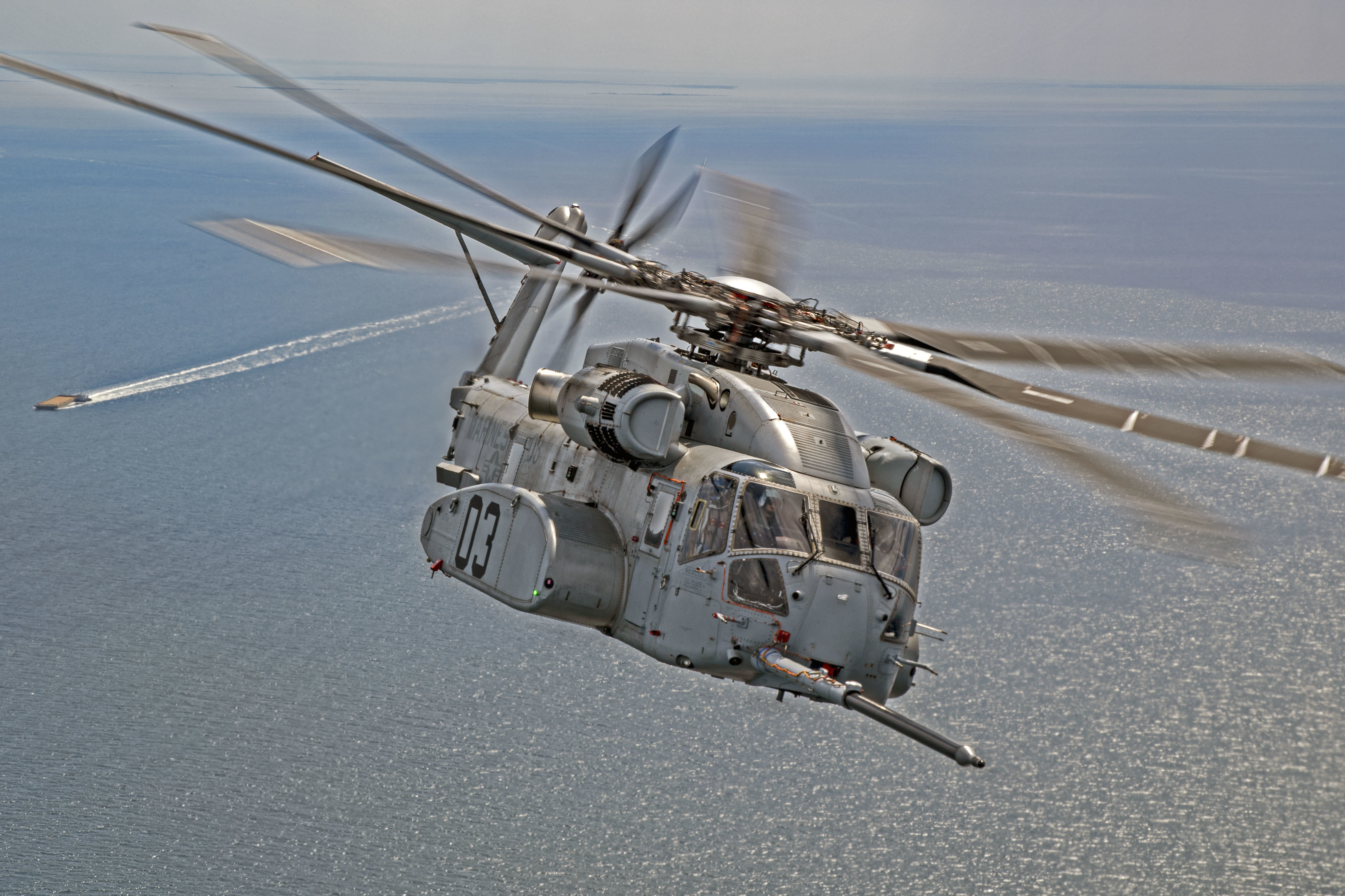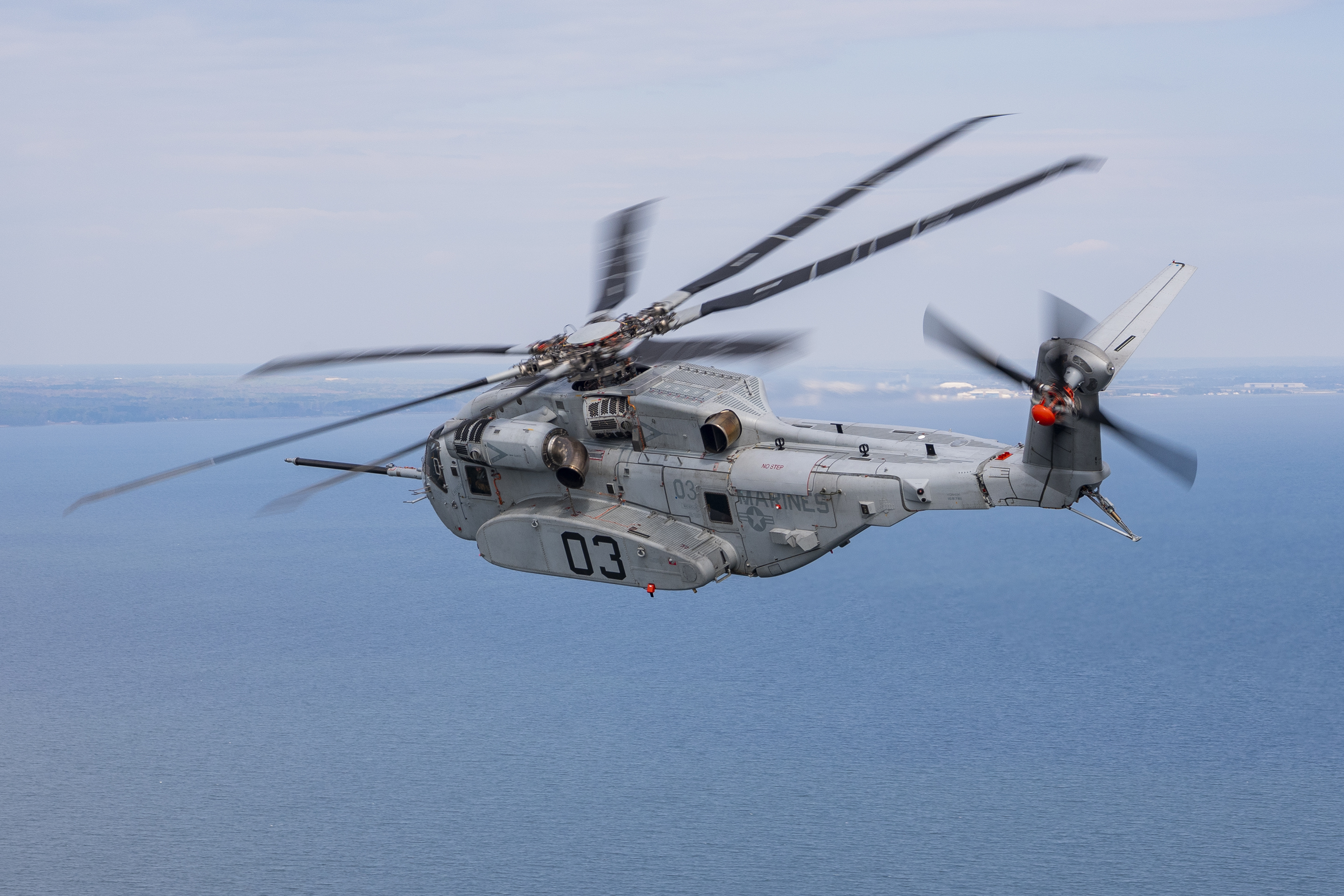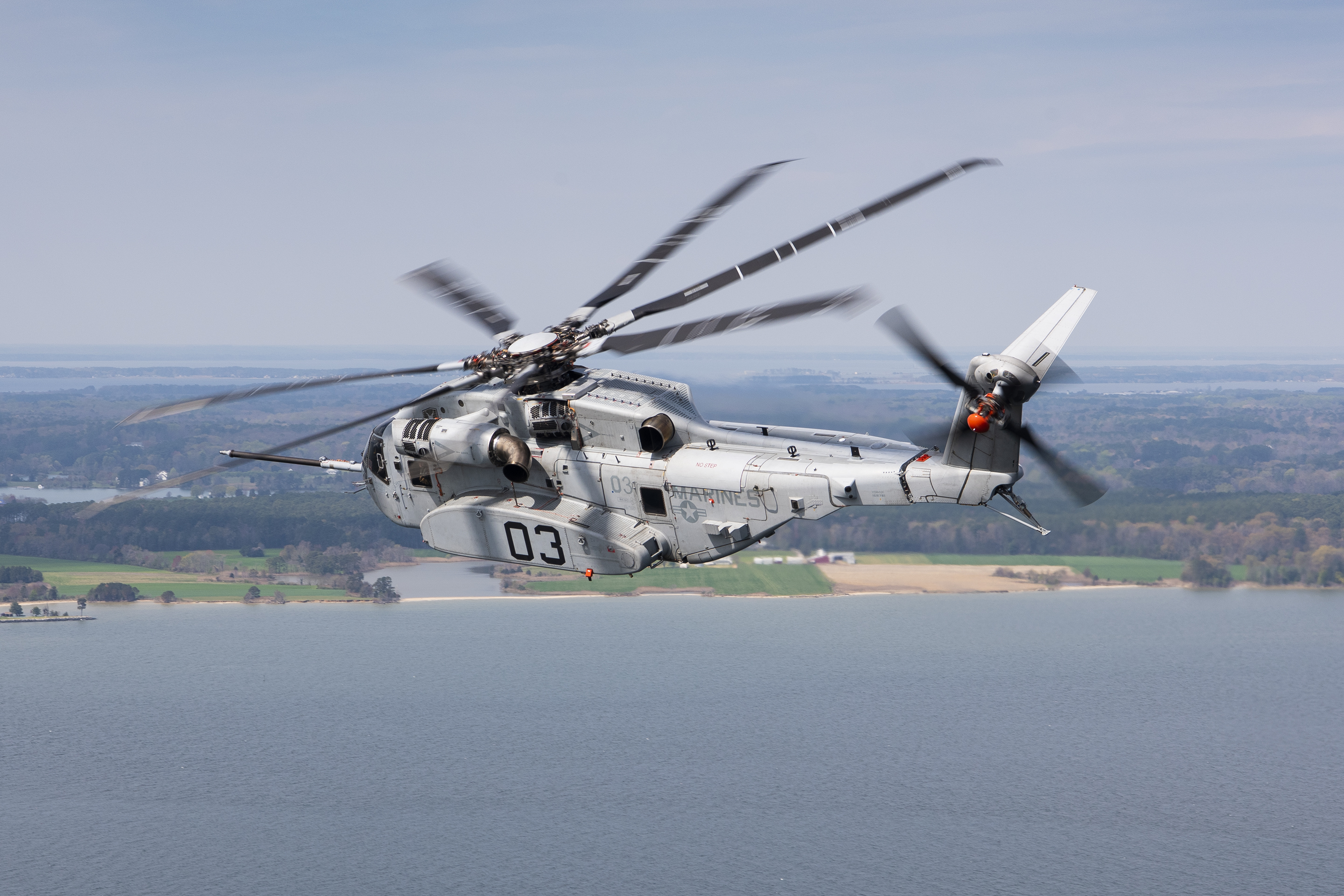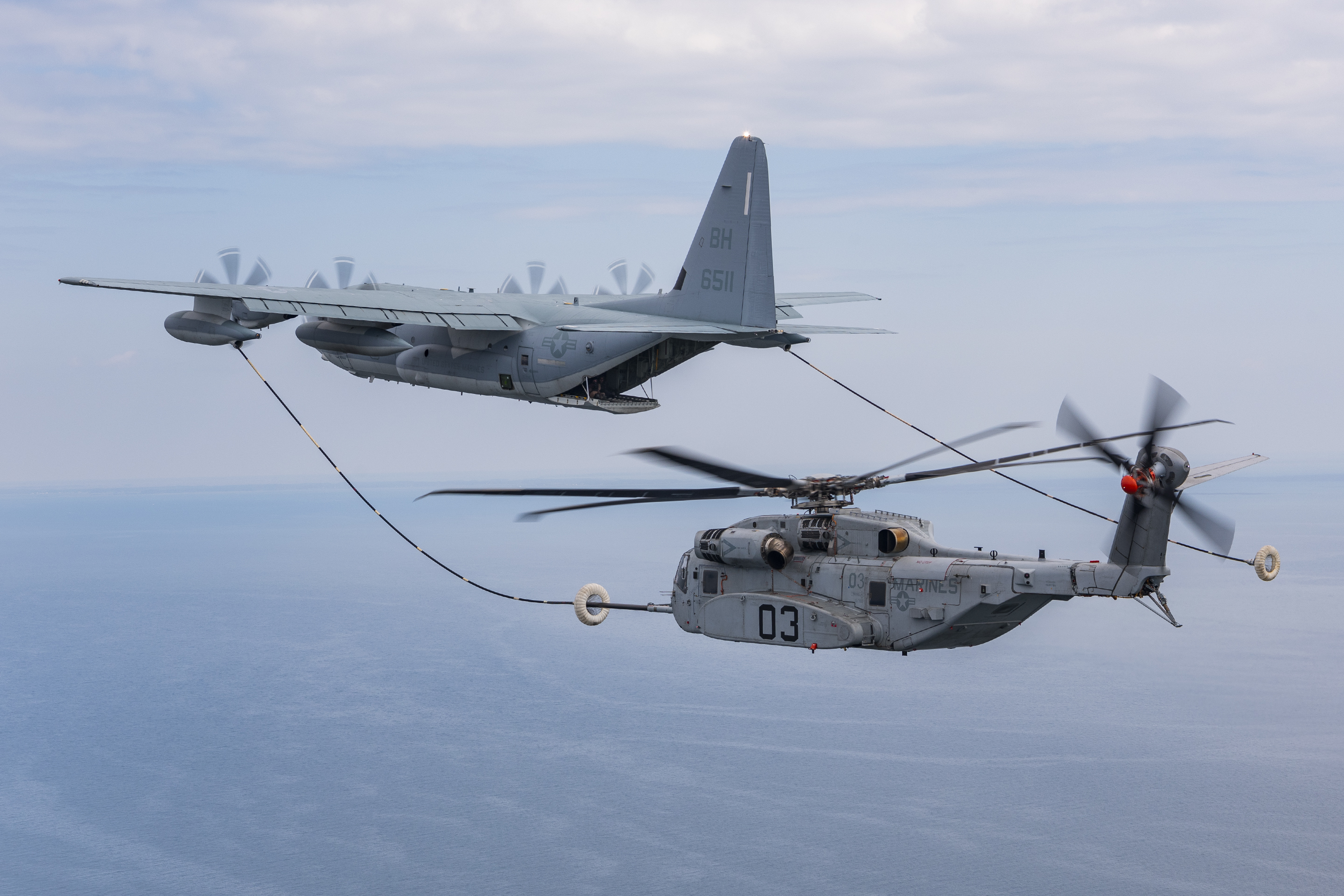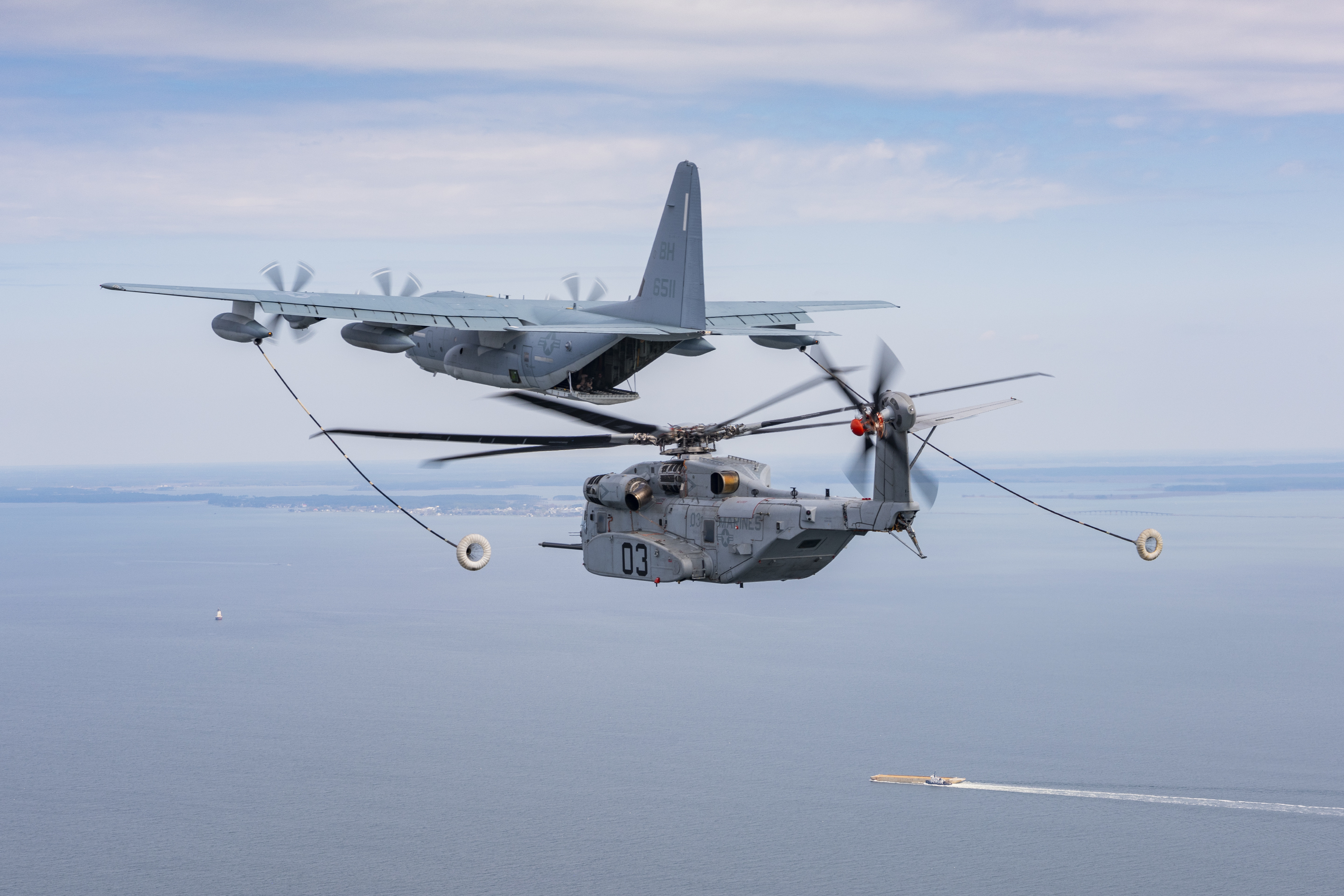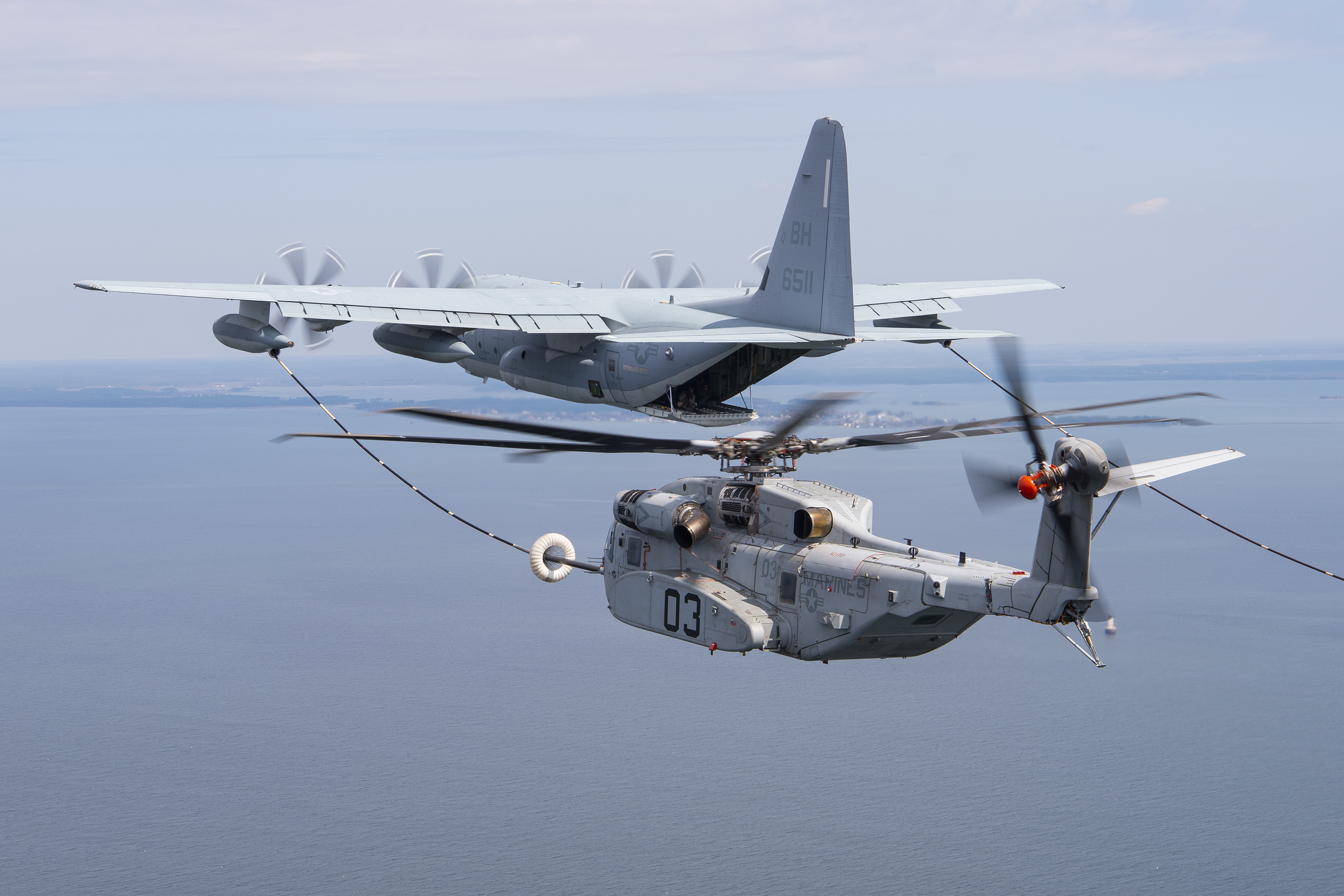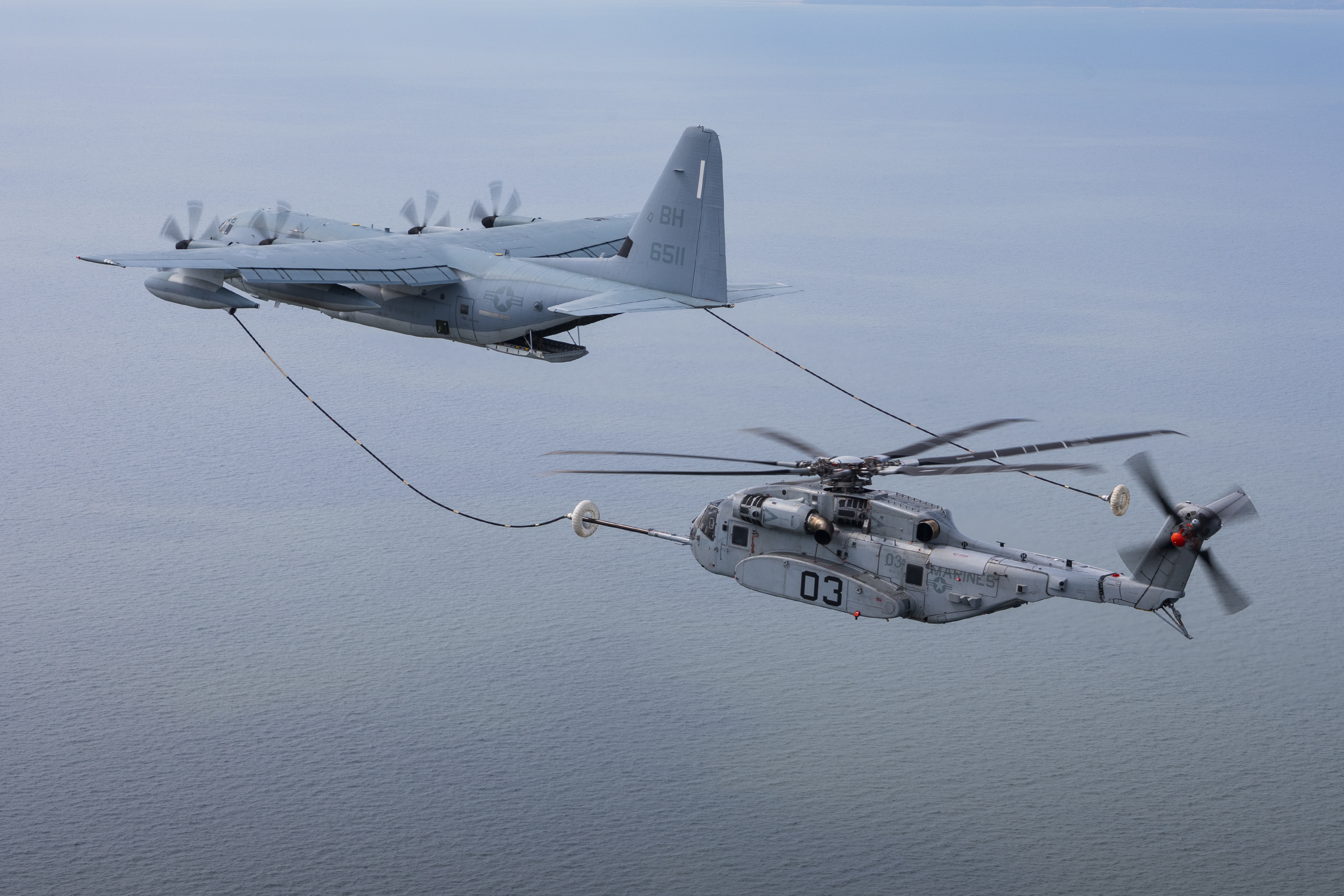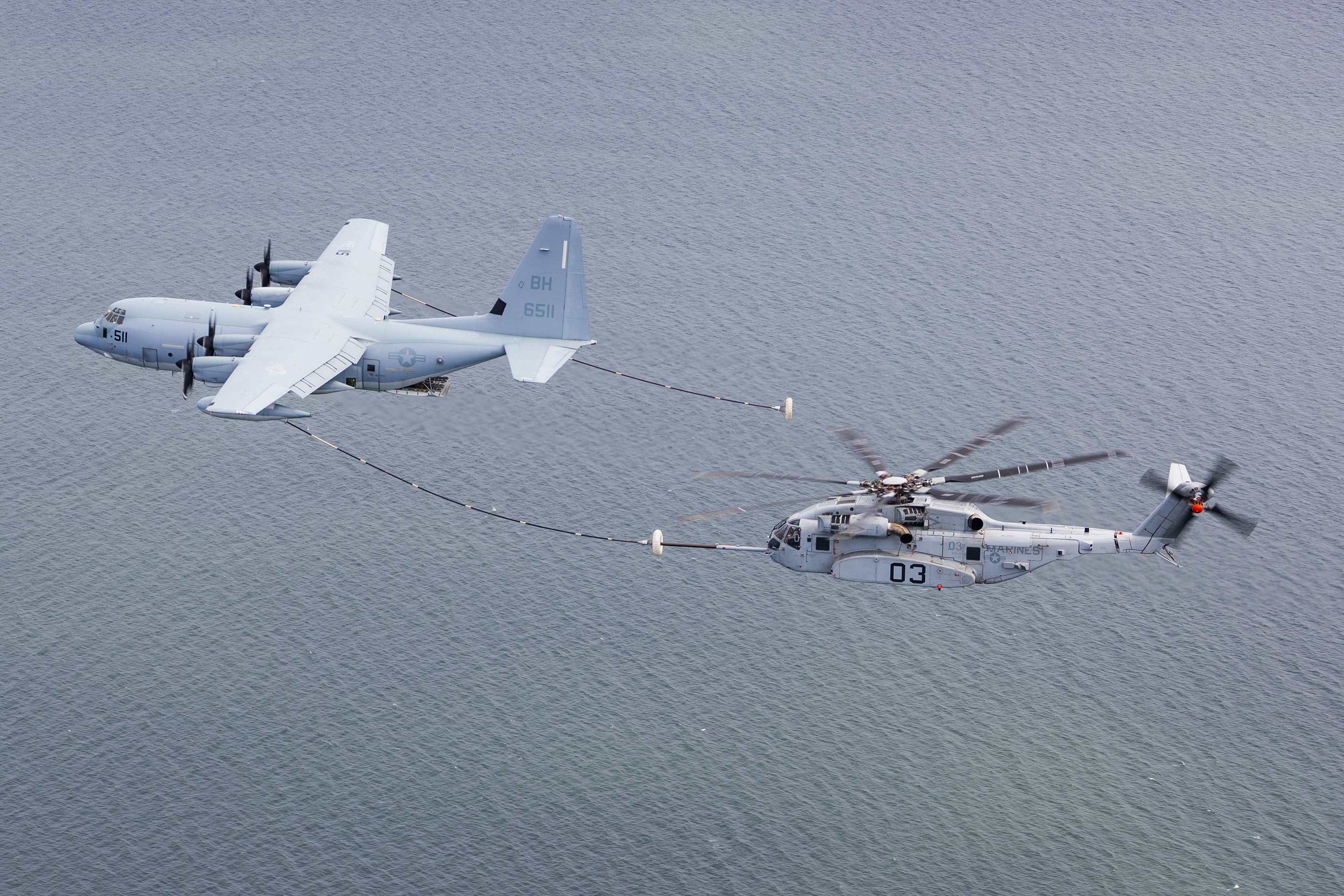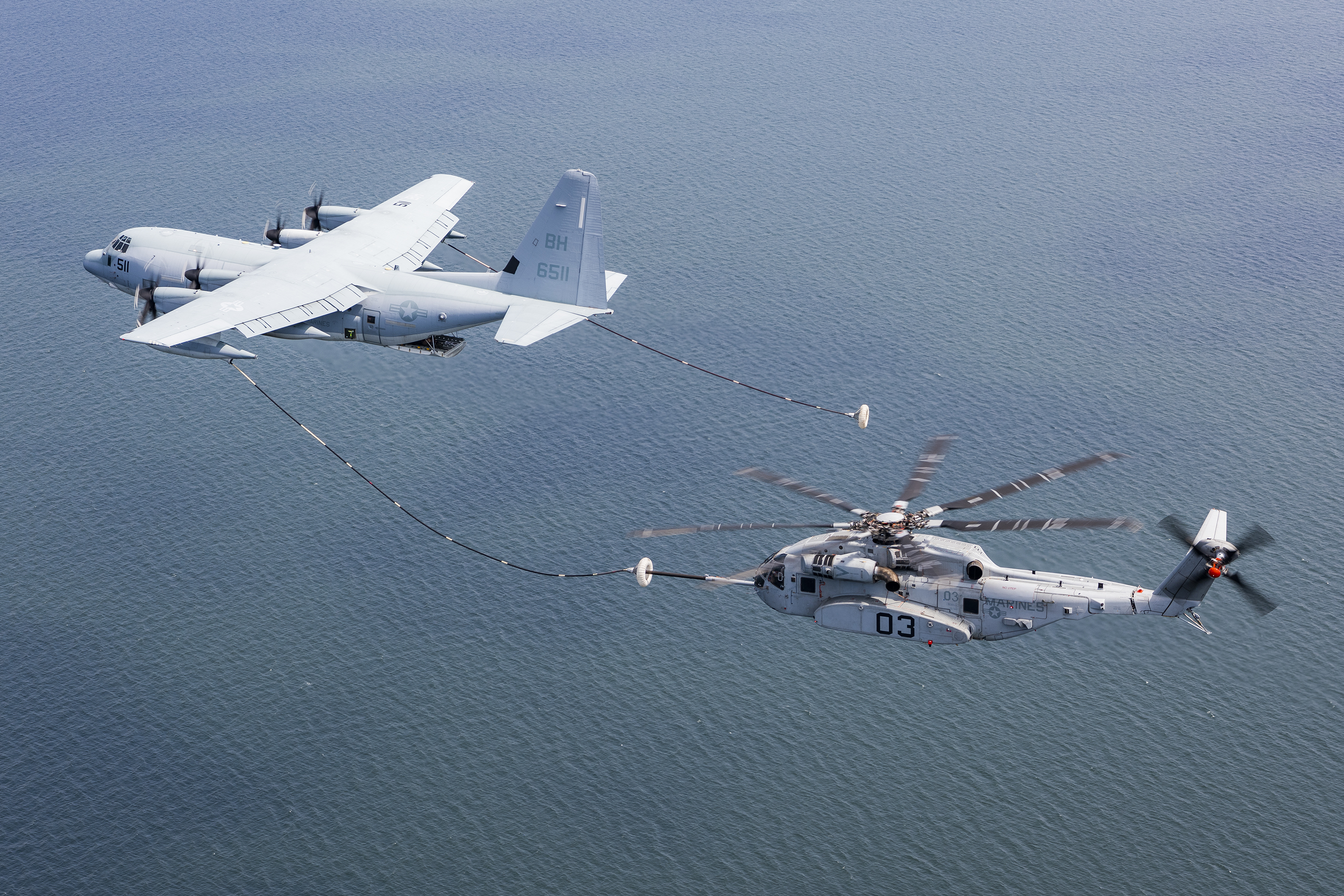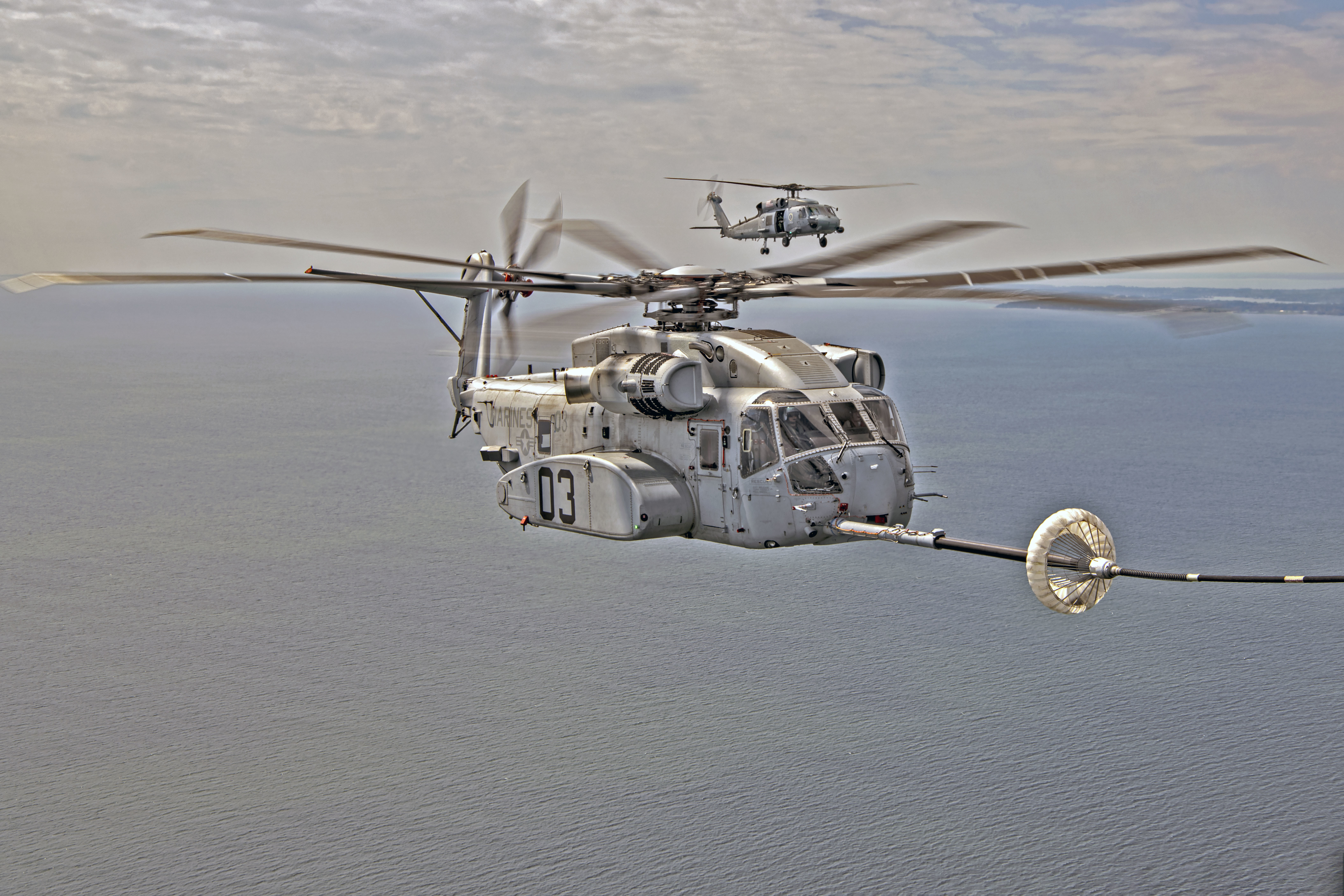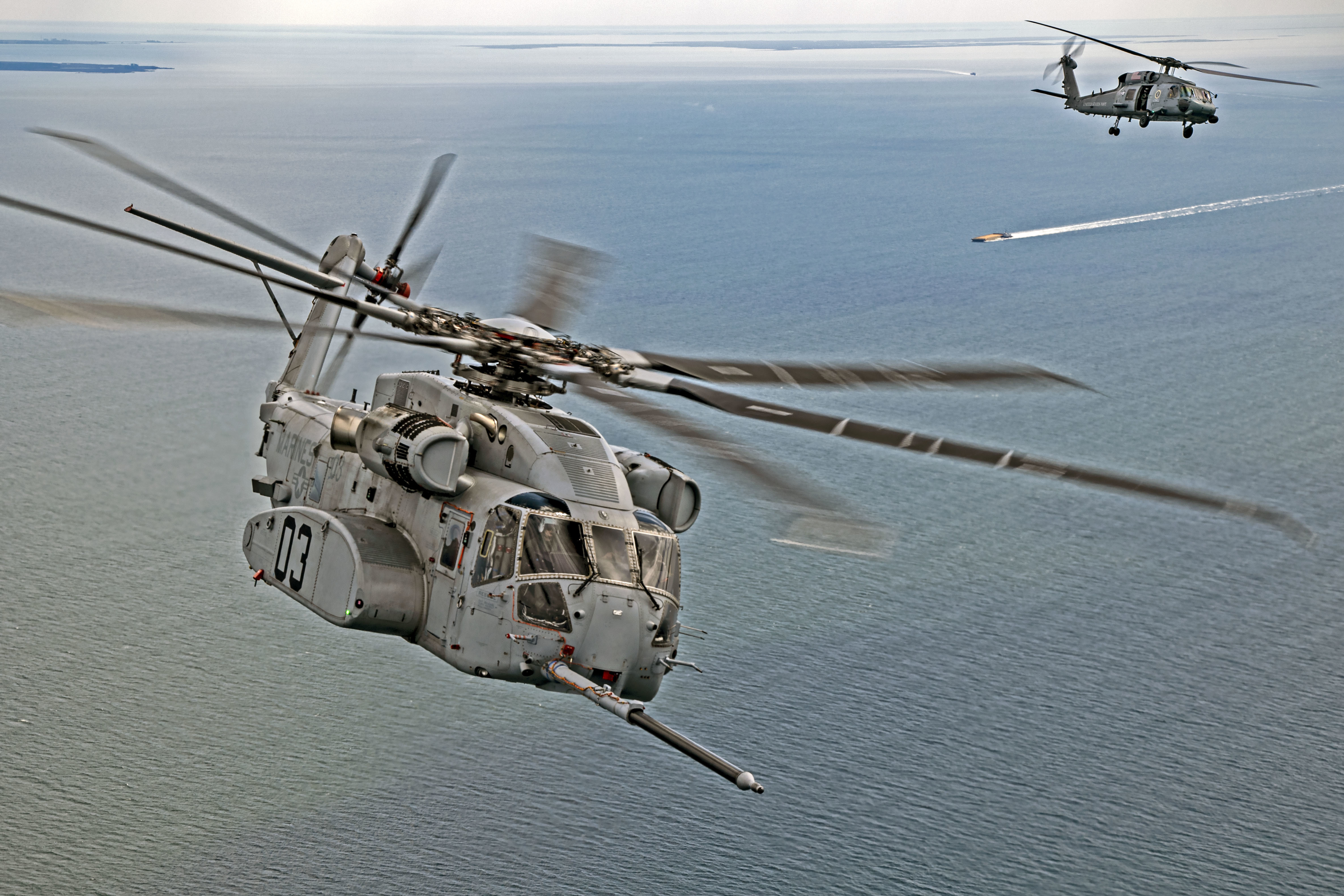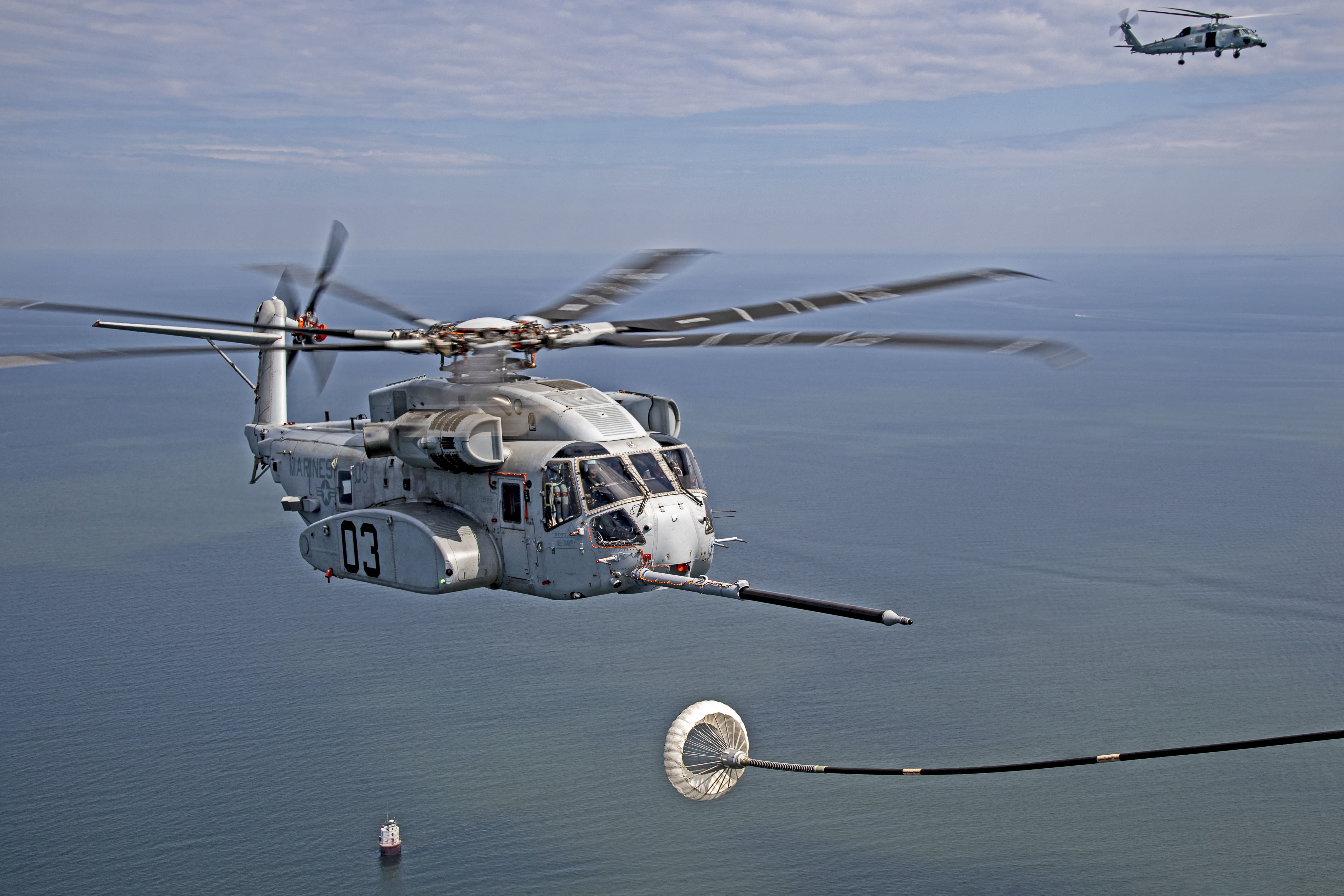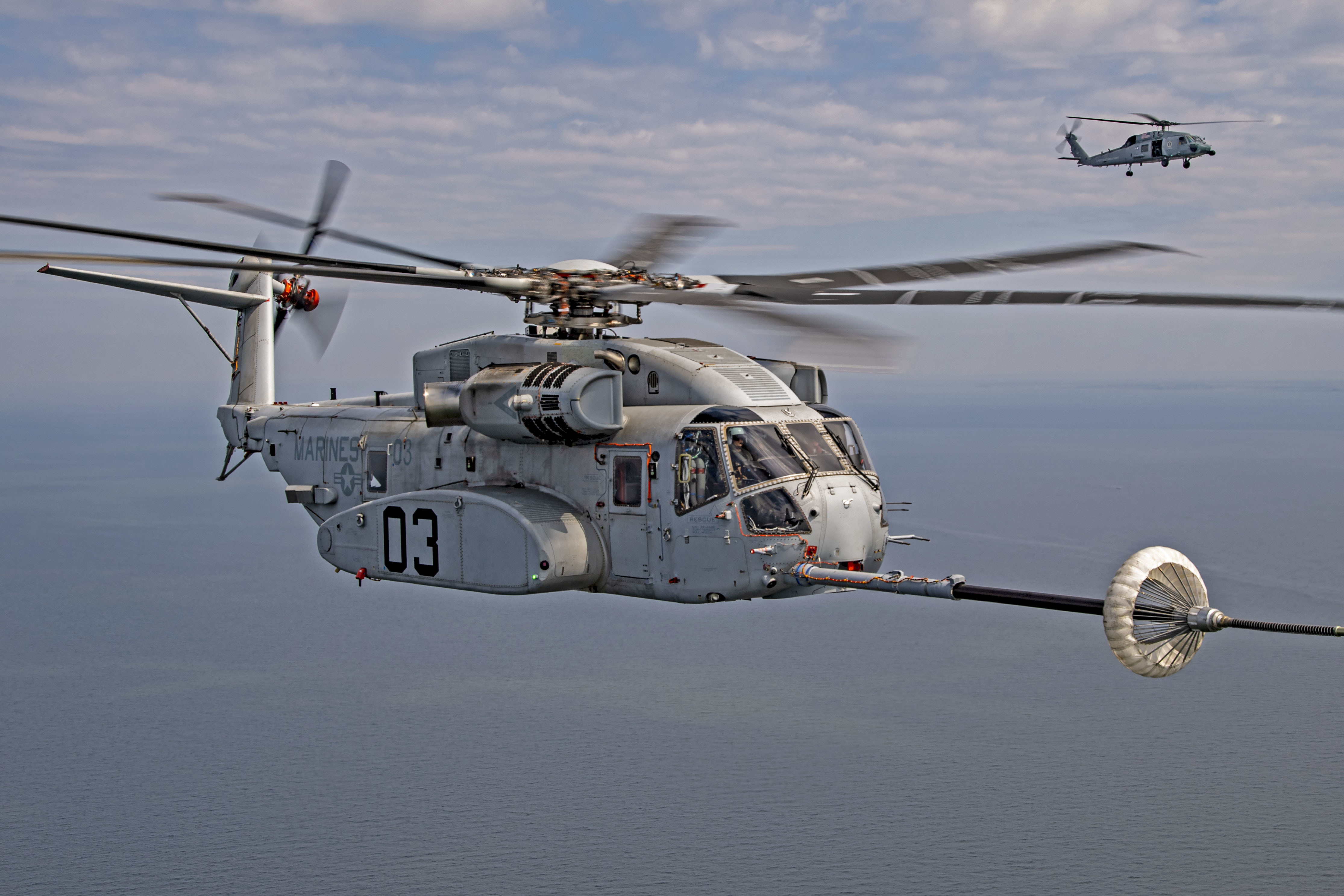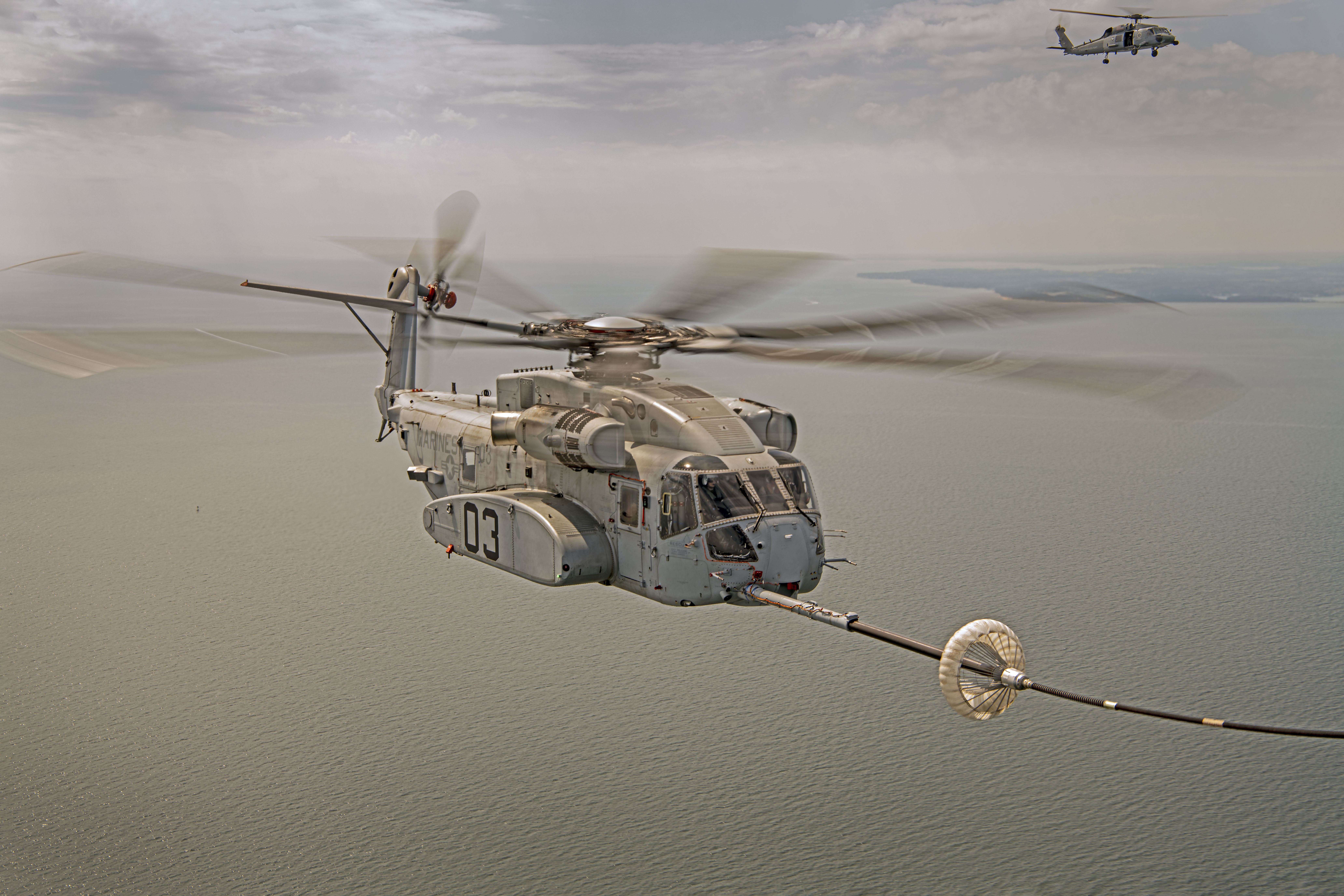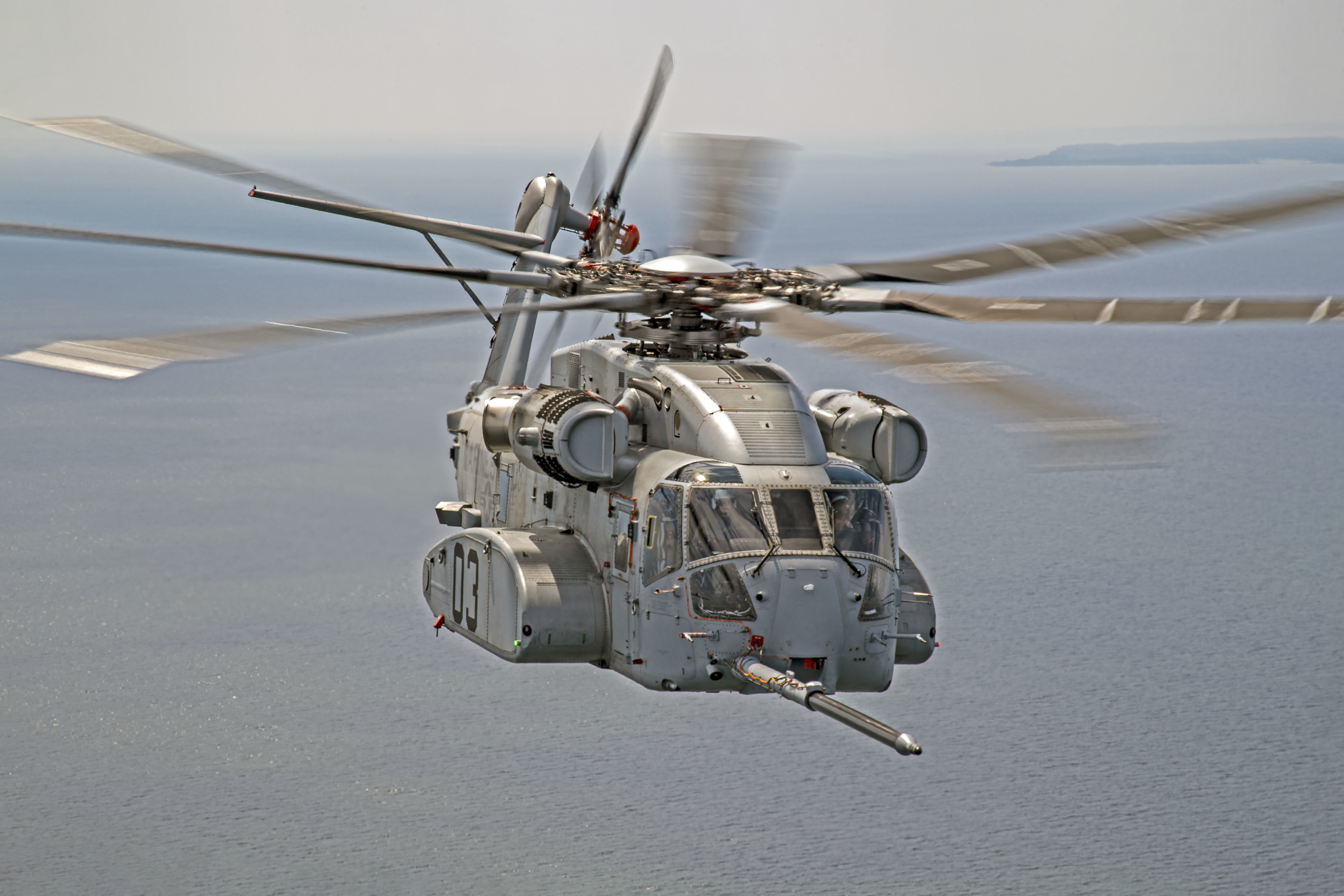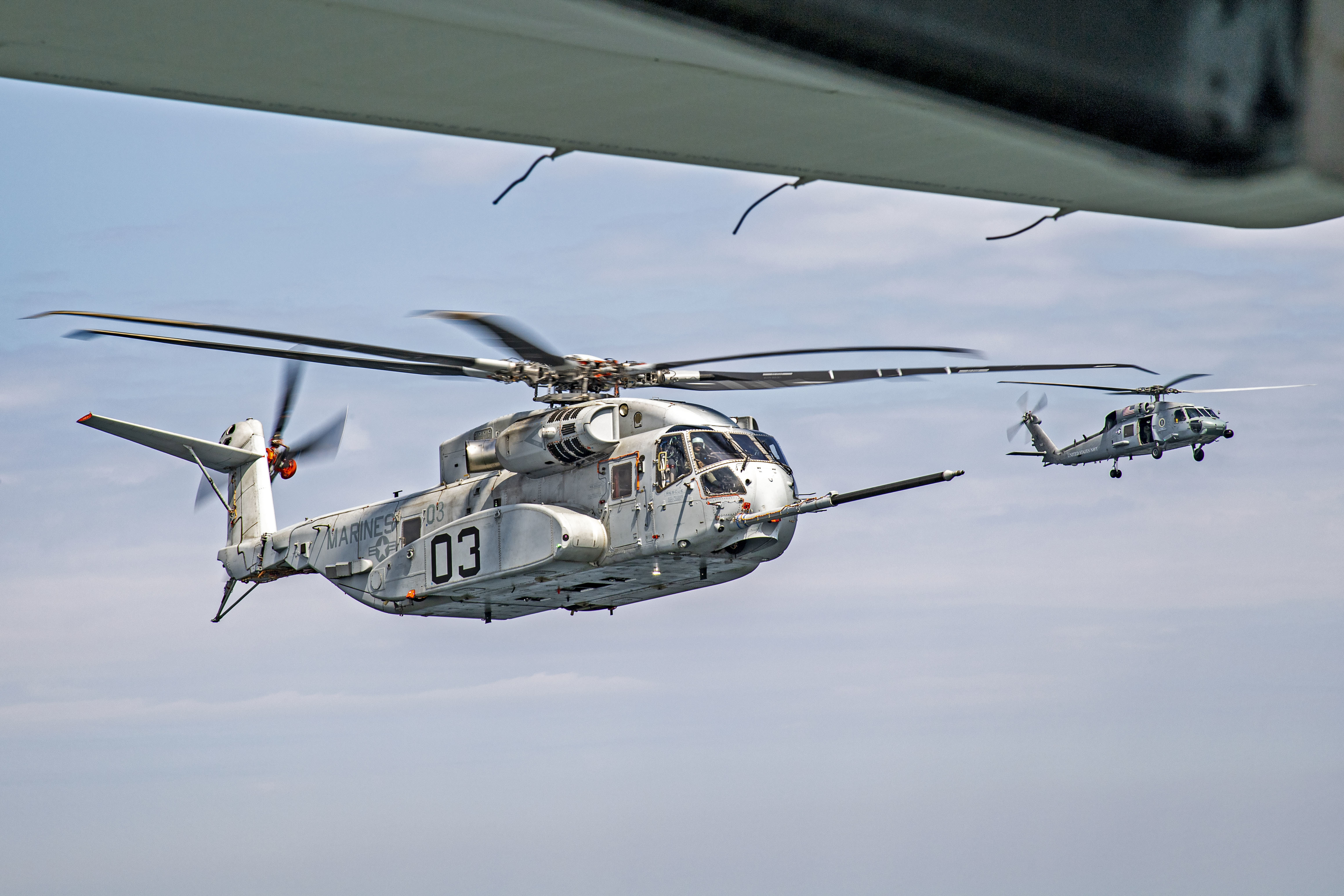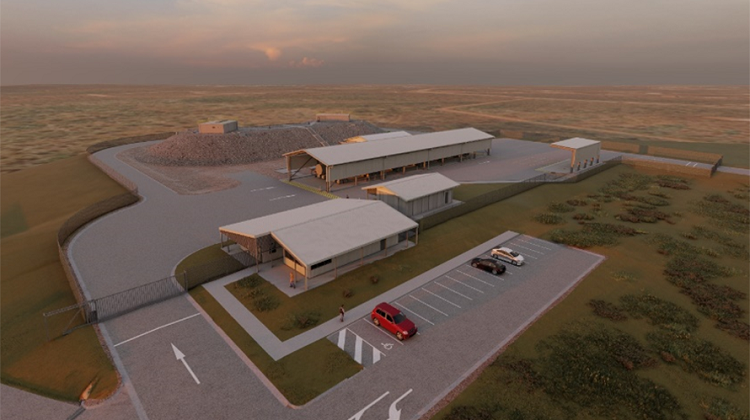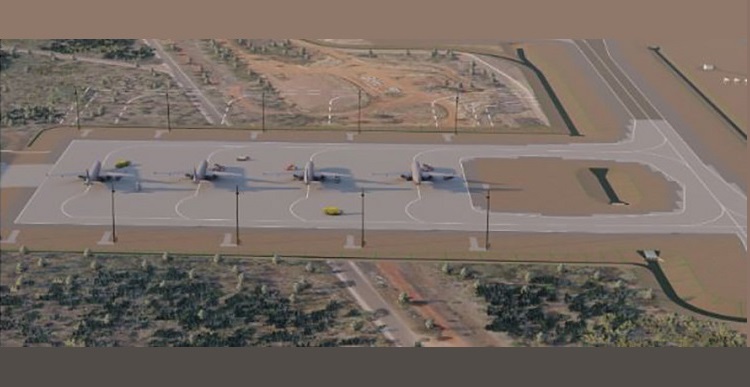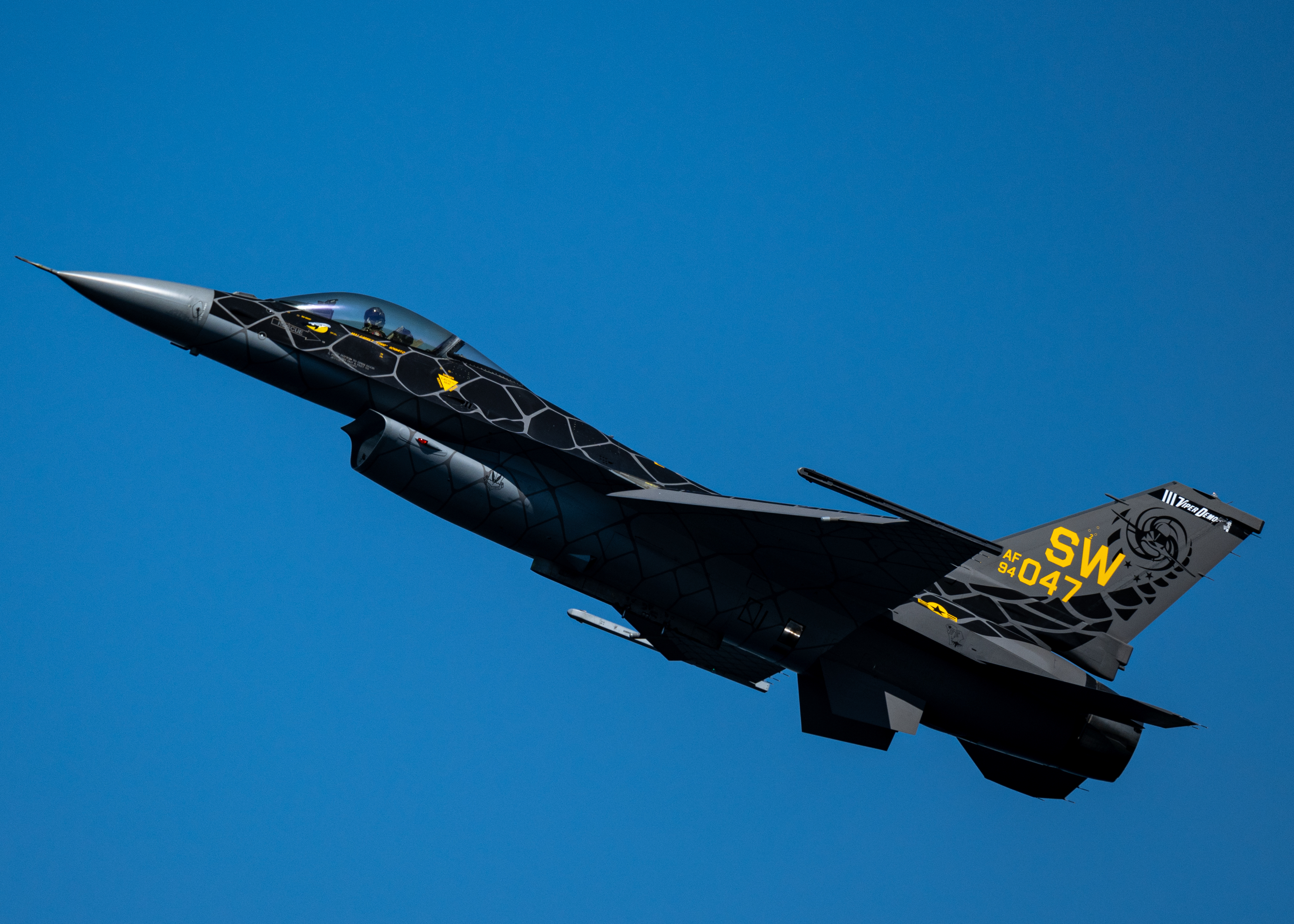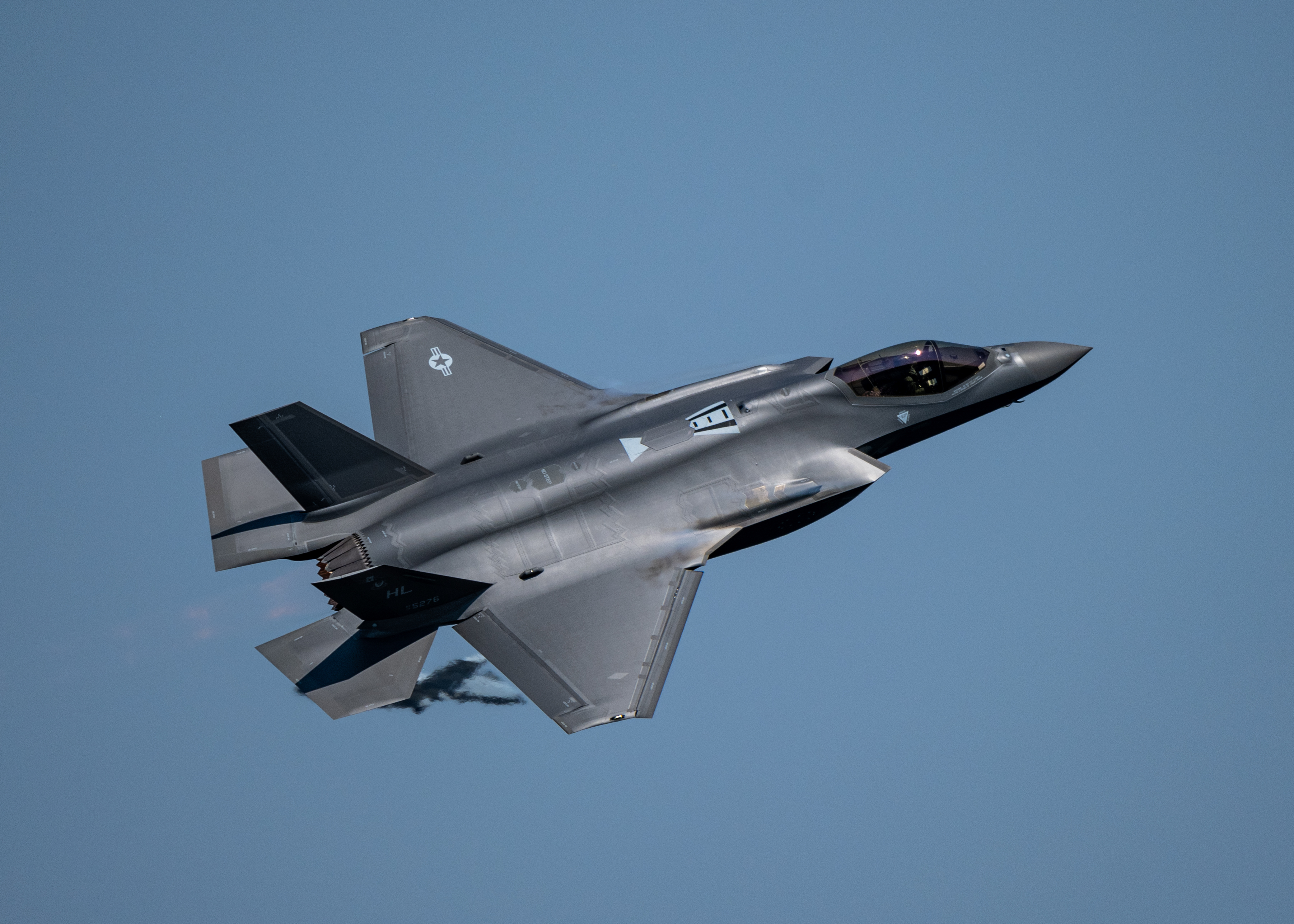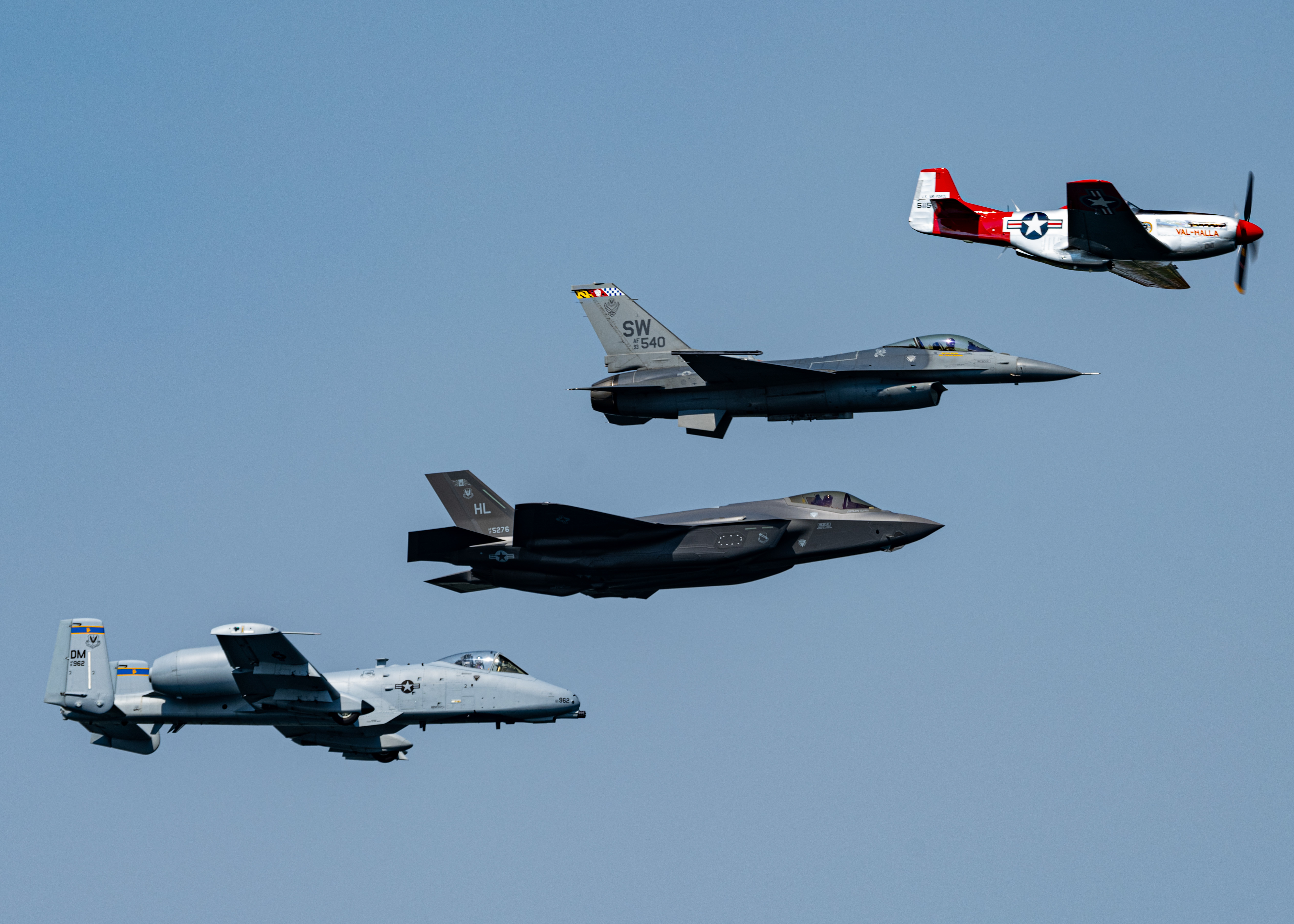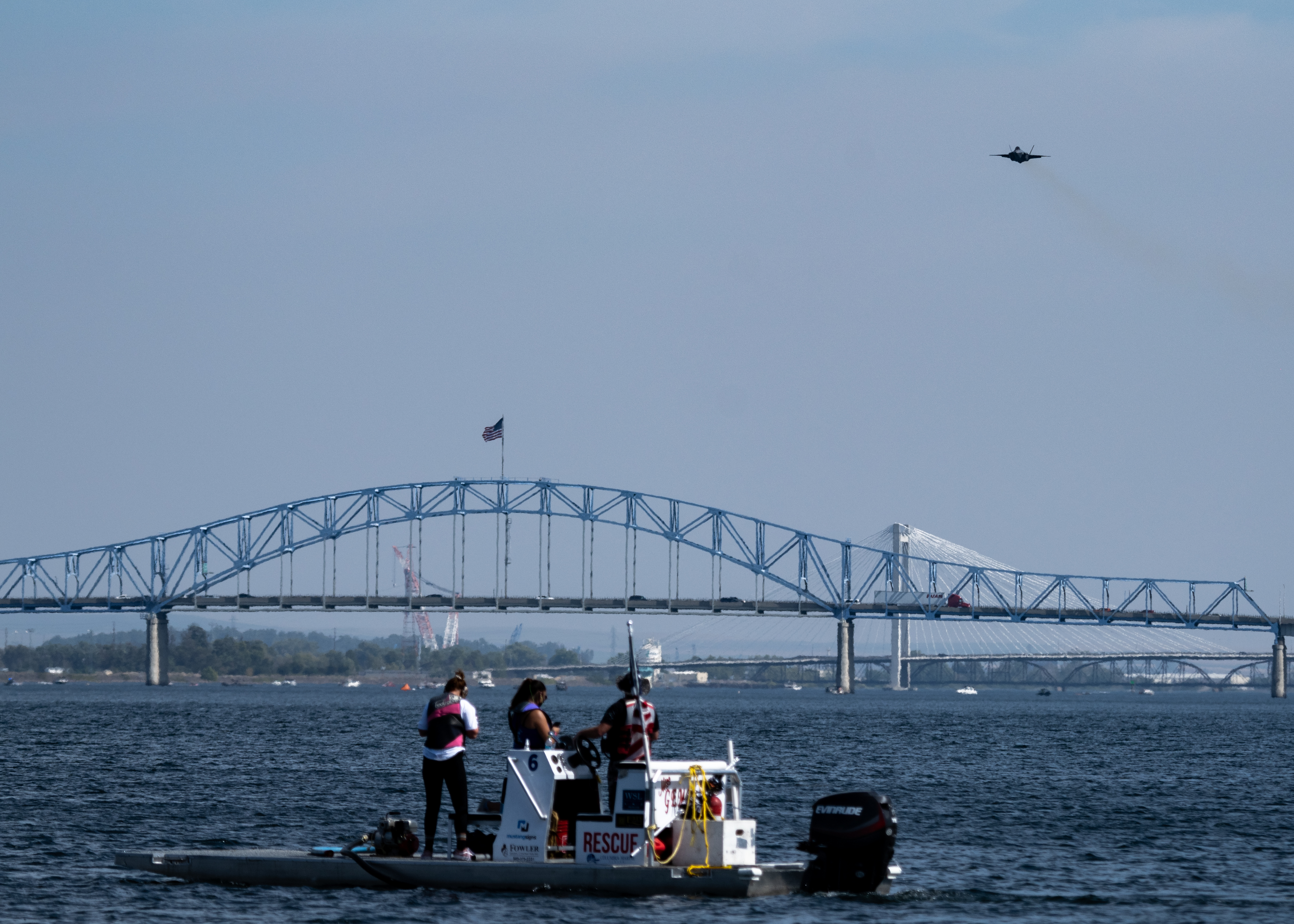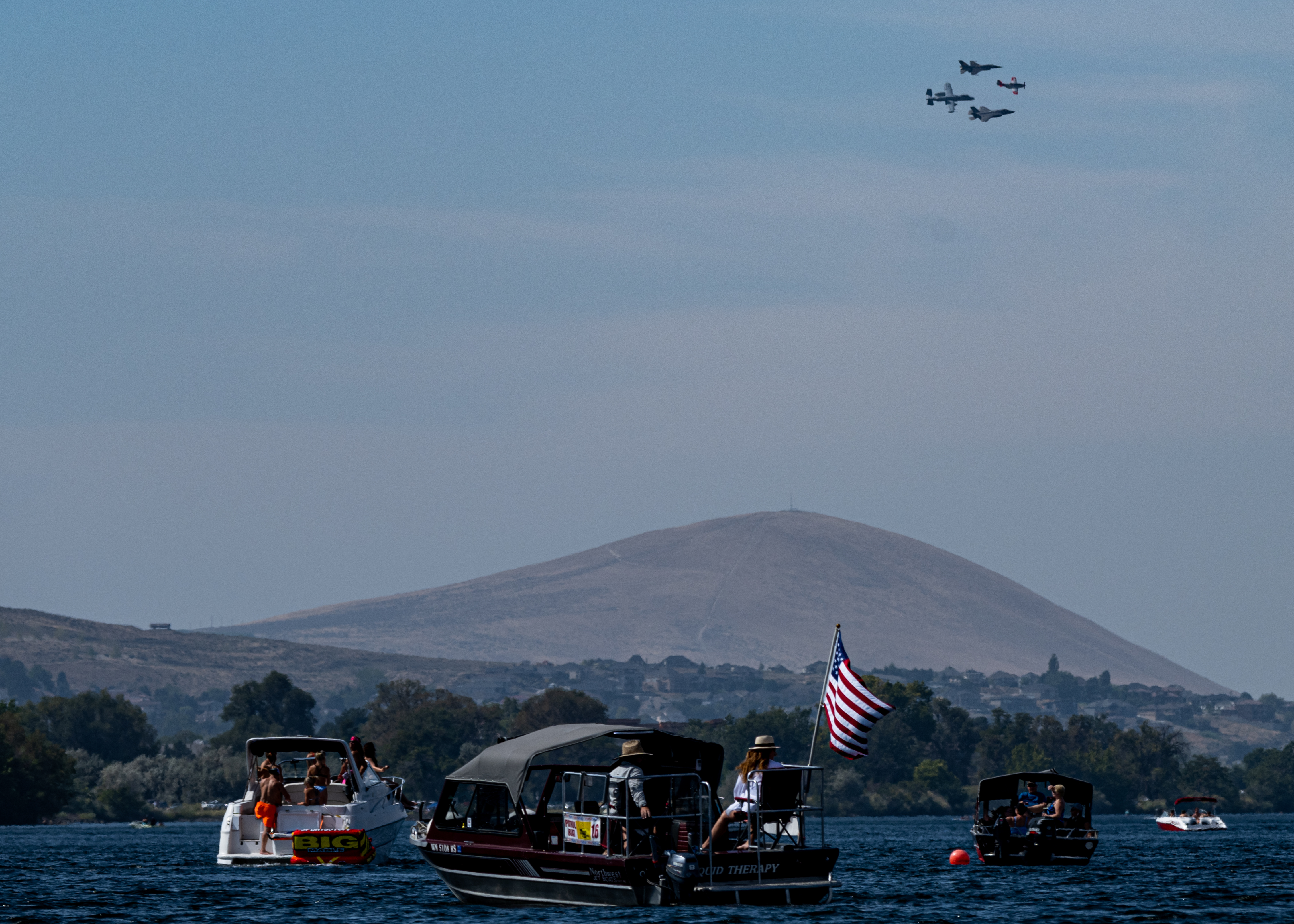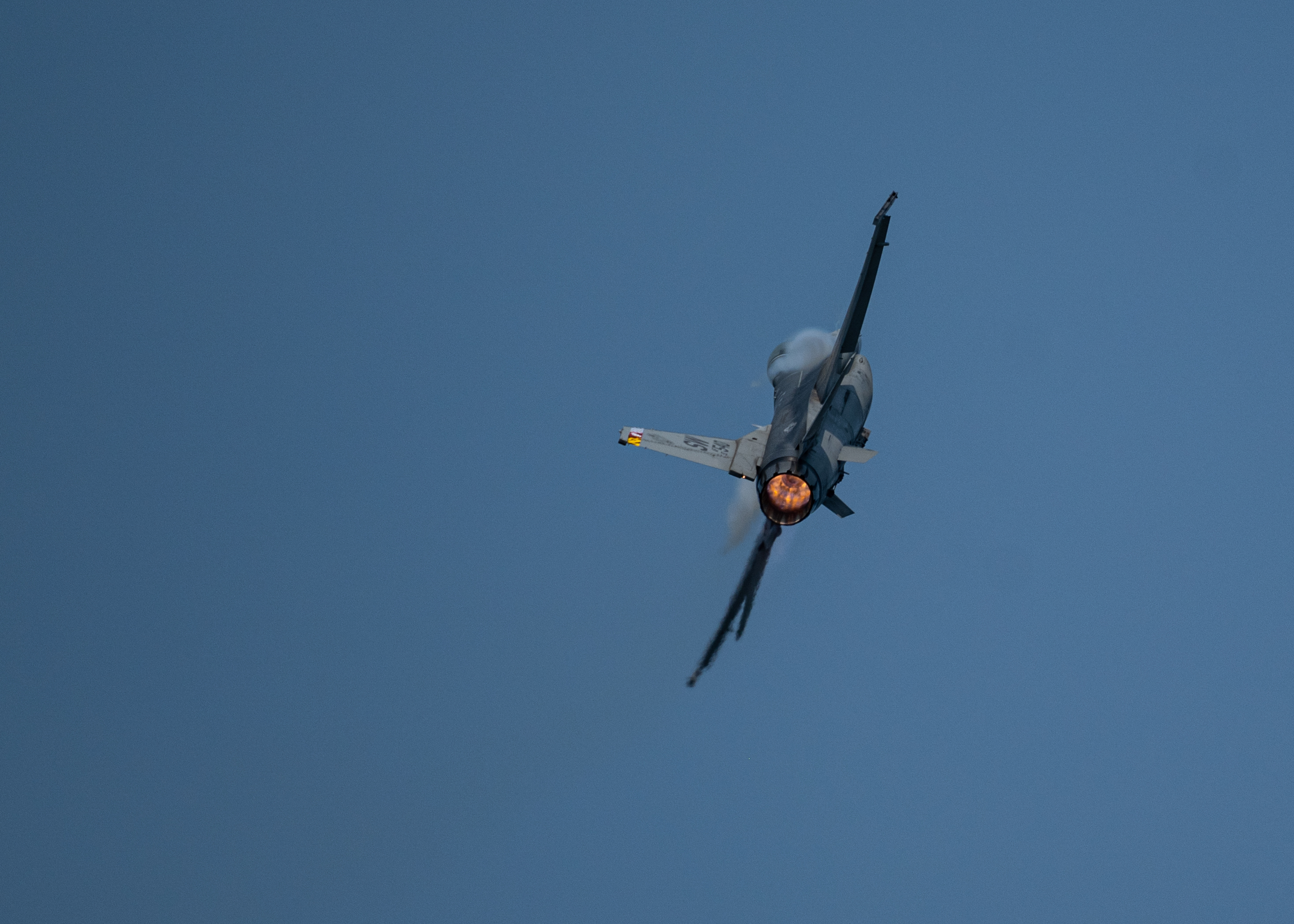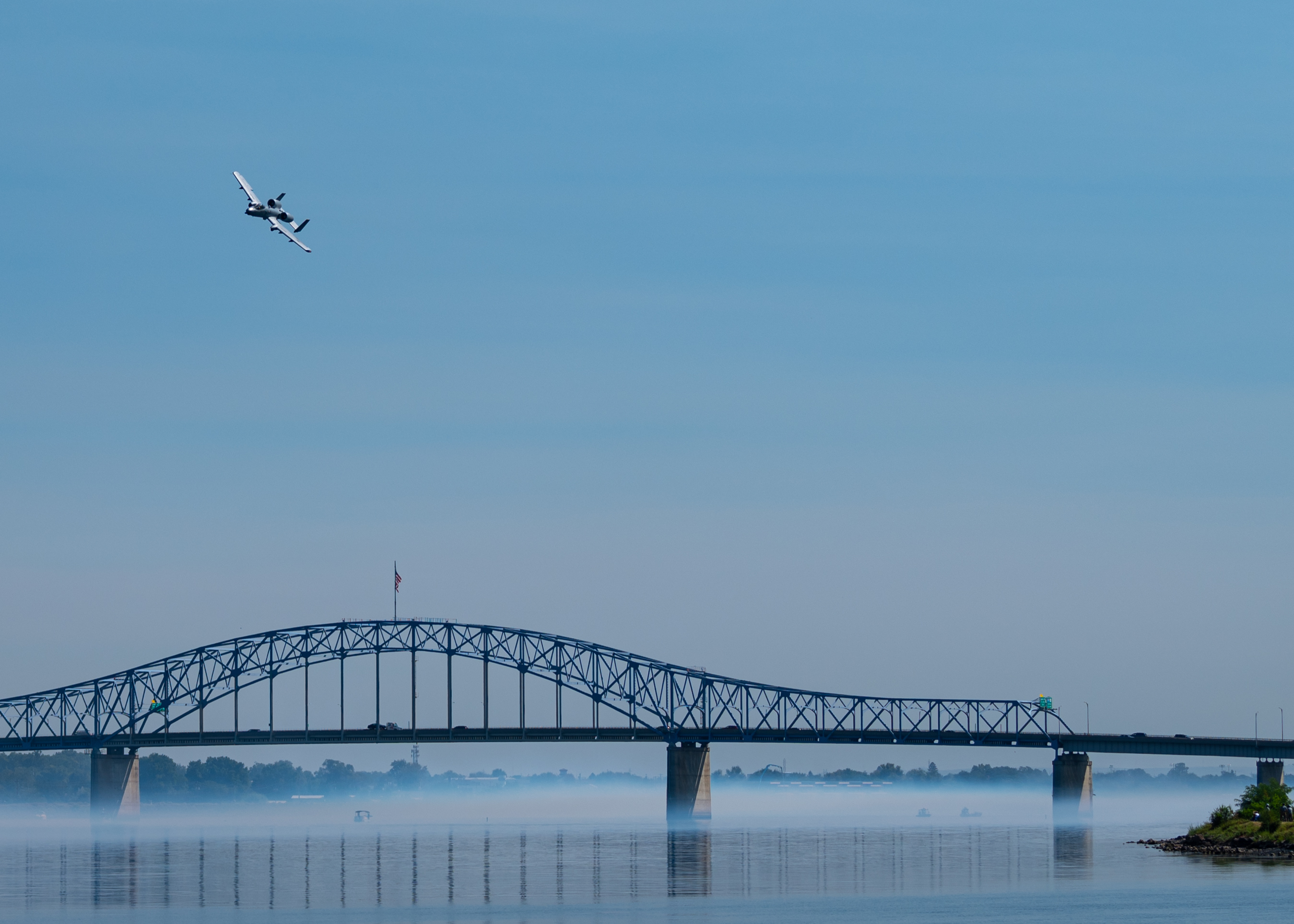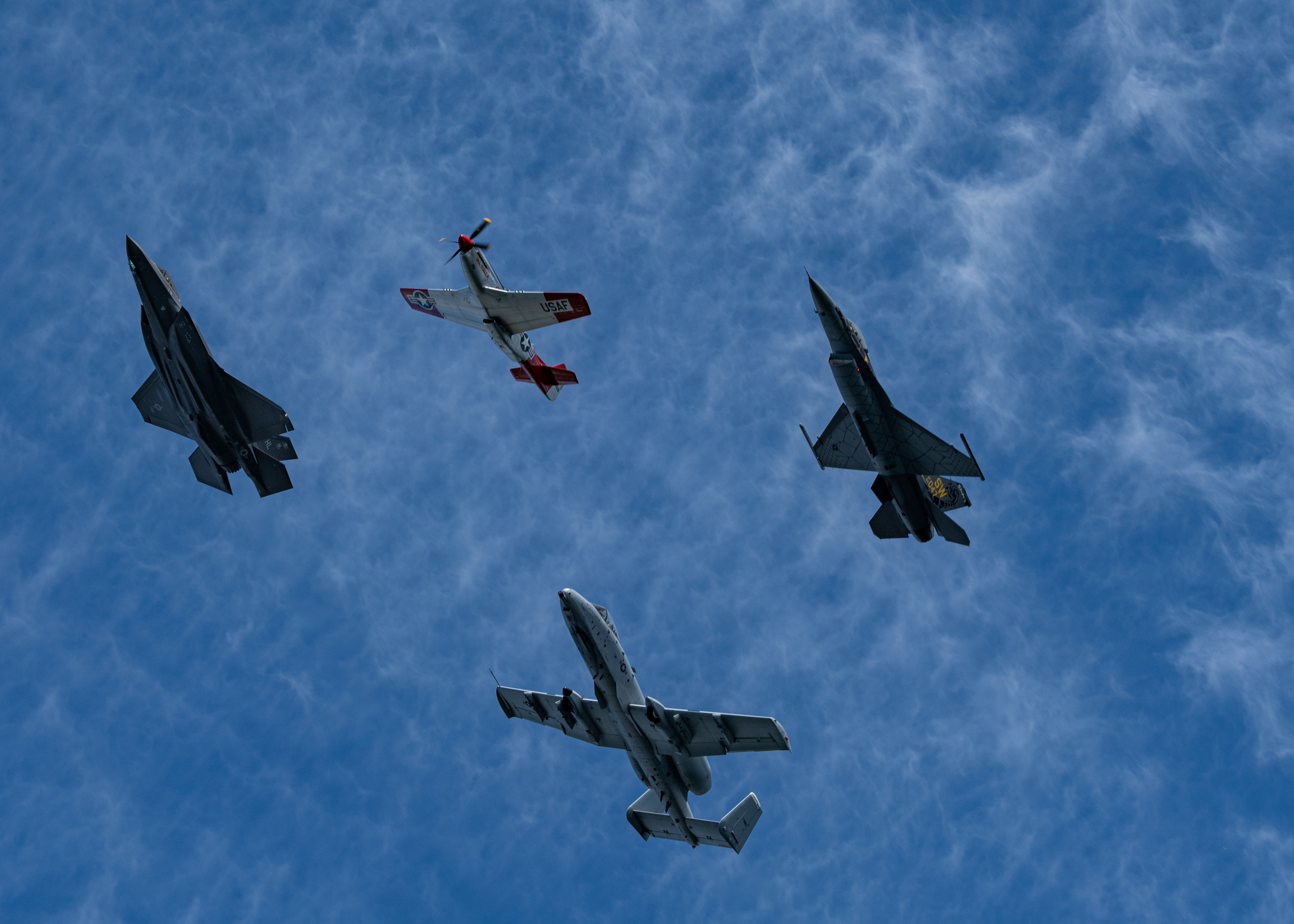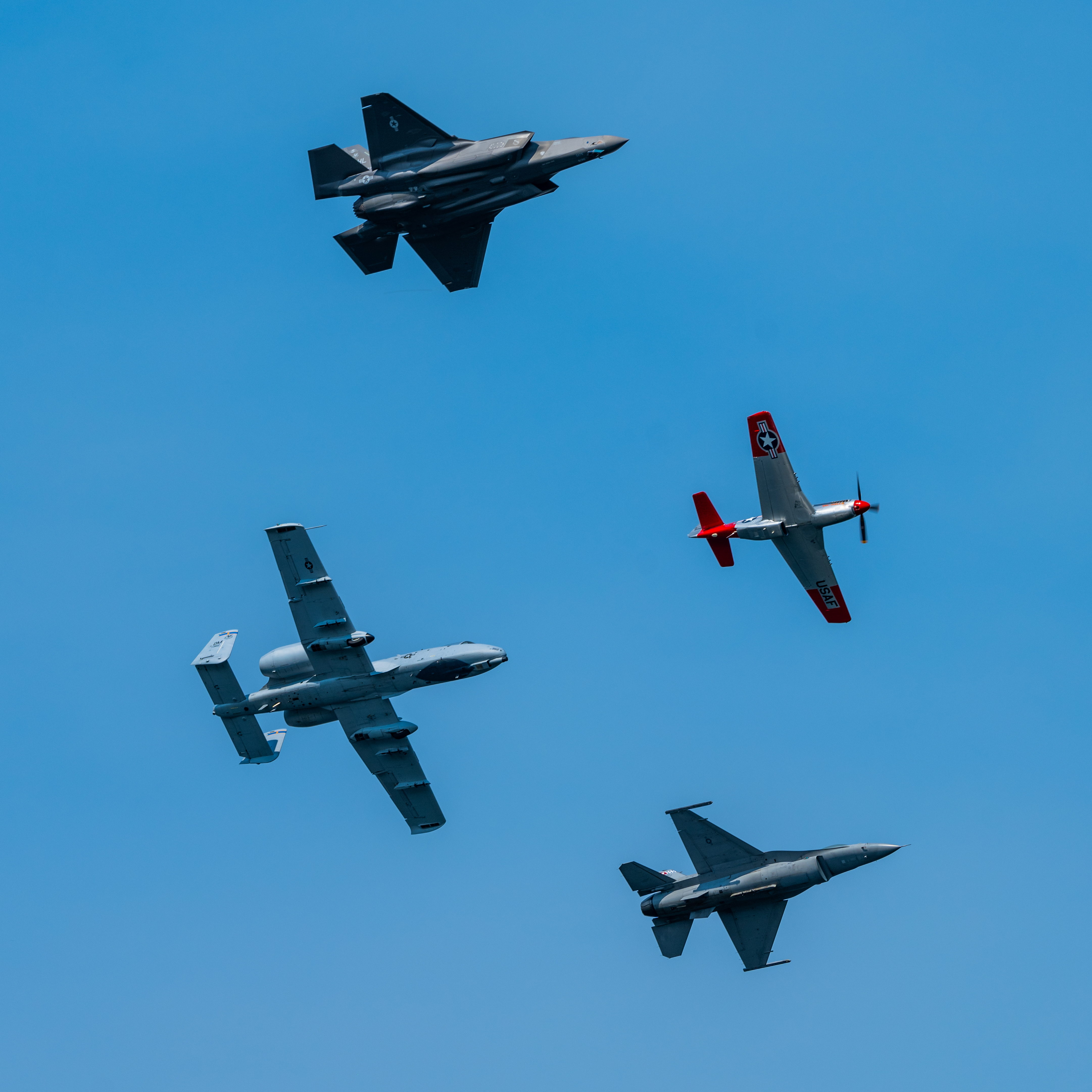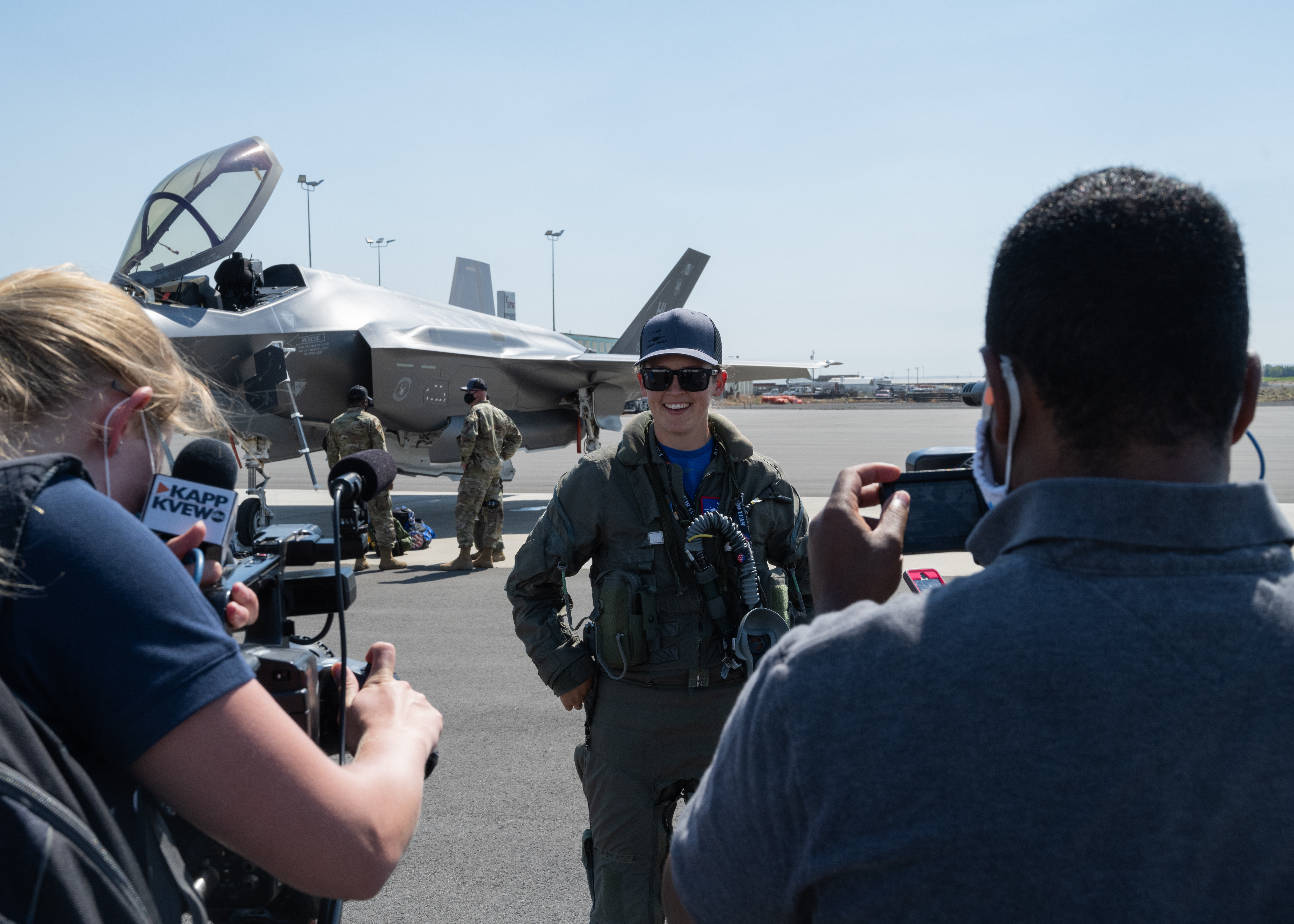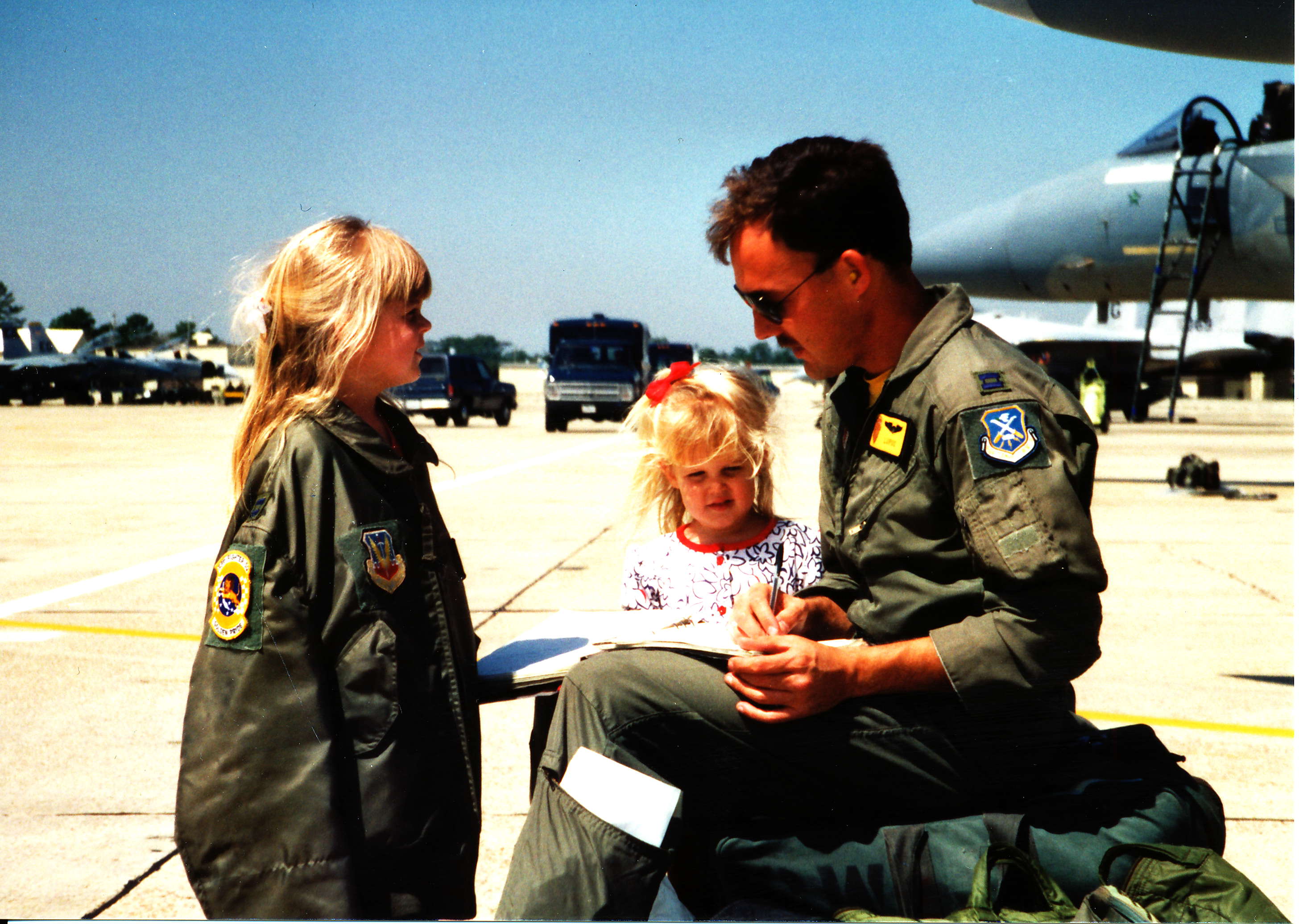U.S. Air Force Capt. Kristin “Beo” Wolfe, F-35 Demonstration Team commander and pilot, performed at the 2020 Tri-City Water Follies air show Sept. 5, 2020, Kennewick, Wash.
The F-35 Demo Team headlined the event alongside the F-16 Viper Demonstration Team and the A-10 Warthog Demonstration Team. (U.S. Air Force photo by Capt. Kip Sumner)
According to a story published by the Tri-City Herald Staff on September 4, 2020:
Capt. Kristin “Beo” Wolfe spends 110 days traveling each year with the Air Force’s F-35A demonstration team that landed in Tri-Cities on Thursday.
She’s the first woman to command the team, and over the next two demonstration seasons will oversee 40 shows including this weekend’s HAPO Over the River airshow.
The Tri-Cities show will feature not only the F-35 team but a F-16 flyover, an A-10C Thunderbolt II, civilian piloted biplanes and more…..
The show was rescheduled from the last weekend in July, when it usually runs as part of Tri-Cities Water Follies which was canceled because of the COVID pandemic.
And earlier this year, the USAf published an article on Captain Wolfe as well.
Behind the Helmet of the F-35A Demonstration Team’s Newest Pilot
By Capt. Kip Sumner, F-35A Lightning II Demonstration Team Public Affairs / Published March 04, 2020
HILL AIR FORCE BASE, Utah (AFNS) —
Starting with the 2020 air show season, Capt. Kristin “Beo” Wolfe, a second-generation fighter pilot and former F-22 Raptor pilot, will lead the new F-35A Lightning II Demonstration Team.
For most pilots, their first time stepping into an F-35 is their first time stepping into a fifth-generation aircraft, but for Wolfe, this will be her second experience with the service’s most advanced aircraft.
“I loved flying the F-22, but the F-35 is also a blast to fly, and it is the best multi-role fighter,” Wolfe said.
While Wolfe has over 900 total fighter hours in both of the service’s advanced fighter aircraft, she’s spent a lifetime around the Air Force.
Her father, retired Col. Jon Wolfe, served 28 years in the service as an F-4G electronic warfare officer before piloting the F-15C Eagle. By the time she attended college, she had lived in three countries and five states.
“I’ve come to appreciate a lot of different people, backgrounds and upbringings because of all the time I spent in those different places,” she said. “It was tough sometimes, trying to make new friends and fit into a new environment, but looking back, I really appreciated the growth it gave me.”
Despite her Air Force upbringing, Wolfe didn’t consider the military for herself until college. During her sophomore year, she realized she didn’t want a desk job; none of the corporate-recruitment pitches clicked, and she found herself watching military career videos, she said.
“Even though she spent her life in an Air Force family, we never expected her to join the military,” Maria Wolfe, her mother, said. “With her exceptional math skills and academic success, I thought she might pursue a career in the medical field.”
Her parents never expected her to join the military, so it was a shock when she asked her dad about serving with the Marines while visiting over the holidays.
“I didn’t get it at first, since there’s a lot of Marines at Okinawa, I thought she was just asking my opinion,” said Wolfe’s father. “But then it clicked, and I remember asking ‘You didn’t sign anything did you?’”
He told her to try the Air Force Reserve Officer Training Corps for a semester, and if she didn’t like it, she could quit.
“But after a semester, I was sold. I knew it was what I wanted to do,” she said.
However, she still didn’t know exactly what she wanted to do in the military.
“I didn’t really know any pilots in the military except for my dad, so I started to research career options that offered a challenging career progression, travel opportunities and a variable day-to-day schedule. I quickly realized being a pilot was the perfect fit for me,” she said.
About a year into ROTC, Wolfe’s father remembers getting a cryptic email that just said, “Columbus, Vance, Laughlin?”
“Oh, Kristin must have gotten a pilot slot … Right after she commissioned and before she went active duty, I remember taking her to Norfolk (Virginia) and getting her two practice flights in the airplane she’d get her initial screening in,” Wolfe’s father said. “I talked to the instructor afterwards and he said that he had never seen anybody do so well that hadn’t been in an airplane before.”
After commissioning, Wolfe attended undergraduate pilot training at Laughlin Air Force Base, Texas, where she learned the meaning of being an Air Force aviator.
“It hit me when I did my first solo flight,” she said. “I remember being terrified that anyone would let me fly an airplane alone after only 11 or 12 rides. It seemed like an insane concept to me. But I realized that’s how the aviation world and the Air Force trains you; to ingrain those habit patterns so that those skills take over. I remember landing and thinking, ‘That was really cool.’”
After graduating UPT, Wolfe was selected to fly fighters, eventually graduating to the F-22 as her first operational aircraft.
“My decisions were never about specific interests or aircraft,” she said. “I would always ask myself ‘what’s the coolest thing I can do?’ or ‘what’s the most challenging thing I can do?’ The fighter community appealed to me the most. Looking at it now, I don’t think I’ll ever find another community that I’ll like as much as working in a fighter squadron.”
After flying the F-22 for three years at Joint Base Langley-Eustis, Virginia, Wolfe transitioned to the F-35A Lightning II and then the 388th Fighter Wing, the Air Force’s first combat F-35 unit, in 2017.
For some pilots, passion for flight is born in an early childhood memory, and for some, that passion is gained through their experiences. Growing up, Wolfe never would have imagined that she would become a fighter pilot, much less a demonstration pilot, but it’s an opportunity that she will remember for the rest of her life.
“Whether it’s flying low-levels in the snowy mountains of Idaho, flying in ‘Star Wars’ canyon in Alaska next to glaciers, being inverted at 300 feet or doing a pedal turn during the routine, those are the moments I love,” Wolfe said.
As the pilot and demonstration team commander, Wolfe will fly the demonstration routine for two years, serving as a role model and inspiration to those that are interested in pursuing military service or a career in aviation. Part of her and her team’s mission will be helping young men and women realize the possibilities available to them.
“If I could give advice to my younger self, or to anyone looking at what they should do, step outside of the box for a second. Don’t just think about what your next move should be. Go do something that you never thought about doing,” she said.
The 13-member team of F-35A maintenance, operational support and public affairs Airmen is expected to perform at over 40 different appearances throughout her two-year command. Each show with their own set of public appearances, media interactions and recruiting events; all in addition to practicing, planning and flying the demonstration routine. It’s a lot, but her and her team aren’t the only ones confident they’ll meet the challenge.
“Ever since she got into ROTC, she lit up the afterburners and never looked back,” her father said. “She’s still doing the same thing today and it’s been fun to watch. We’re looking forward to coming out and seeing how the team does.”
“I am over the moon excited about her new role as the F-35 demo pilot,” her mother said. “It gives me great joy to see her doing what she is passionate about, while getting to represent the Air Force in such a positive way.”
When asked about the challenges of being a female fighter pilot, she considers the question for several moments before answering.
“The jet doesn’t discriminate. The jet doesn’t know who is flying it, and it will always behave the exact same way,” Wolfe emphasized. “The fighter community is an extremely performance-focused field that’s based purely on merits and tactics. I don’t consider myself a female pilot, but a pilot that happens to be a female. I’m here to do a job, and that is to make this team the best out there, inspire people to be better, and to fly the F-35 as hard as I can.”
With the official Air Force certification behind her, and the first show of the season drawing close, Wolfe is also making sure that her Airmen make the most of this opportunity.
“I do hope that everyone on the team will take a couple glimpses to see how lucky we are to be able to do this, and that we don’t get caught up on how busy it can be,” she said. “There will be opportunities at every single air show for us to walk away and say, ‘That was so cool’. You add up two years of that and I think you can’t help but be thankful for the opportunity we have.”


